We all want healthy, fulfilling relationships, but sometimes our deepest fears and insecurities sneak in, affecting how we relate to others. Attachment theory offers insight into why certain relationship patterns feel challenging. Our attachment style—developed in childhood—plays a big role in how we handle intimacy, trust, and communication in our romantic relationships. The good news? While attachment styles influence us, they’re not set in stone. With understanding and conscious effort, we can shift toward more secure and satisfying connections.
In this blog post, we’ll explore how each attachment style affects romantic relationships and what you can do to make your relationship more fulfilling, regardless of your starting point.
What Is an Attachment Style?
Our attachment style is the blueprint of how we approach relationships, initially formed in our earliest interactions with caregivers. Secure attachment is the ideal style, where a person feels comfortable with intimacy and has a positive sense of self and others. However, when early relationships were inconsistent or stressful, individuals may develop insecure attachment patterns—anxious, avoidant, or disorganized—that affect them in adulthood. These patterns are not fixed labels; they’re relational habits that can change with new experiences and conscious effort.
Each attachment style has a unique way of approaching love and intimacy, and understanding our own can help us communicate and connect more effectively with our partners.
1. Secure Attachment in Romantic Relationships
If you have a secure attachment style, you’re comfortable with both intimacy and independence. You don’t fear closeness, but you also respect boundaries and feel confident in your self-worth. A securely attached person generally trusts their partner, communicates openly, and resolves conflicts without drama.
Relationship Dynamics of Secure Attachment
Securely attached partners provide a strong foundation for a relationship. They are resilient during tough times, as they’re able to discuss feelings openly and resolve issues with empathy and understanding. Secure attachment means you’re comfortable relying on your partner without feeling overly dependent, creating a balanced and supportive partnership.
For partners of securely attached individuals, this style offers emotional stability and reassurance. The relationship tends to be lower in drama and higher in mutual respect and trust.
2. Anxious Attachment in Romantic Relationships
People with an anxious attachment style often crave closeness and validation from their partners. They fear abandonment and can become preoccupied with whether or not their partner truly loves them. As a result, they might seek frequent reassurance, which can sometimes lead to “clingy” or overly attentive behavior. This comes from a place of deep emotional need rather than an attempt to control.
Relationship Dynamics of Anxious Attachment
In relationships, anxiously attached individuals might interpret minor issues as signs that something is wrong, leading to heightened emotional reactions. They might also struggle to set boundaries, fearing that their partner may leave if they’re not “perfect” or always available. This style can lead to frequent requests for reassurance, which may be challenging for partners who feel overwhelmed by constant attention.
Tips for Navigating Anxious Attachment
For those with anxious attachment, building self-soothing practices can make a big difference. Rather than constantly seeking external reassurance, try grounding techniques or deep-breathing exercises to center yourself. Therapy can also be a powerful tool, helping you build confidence and self-worth outside of your partner’s validation.
3. Avoidant Attachment in Romantic Relationships
Avoidantly attached individuals value independence and can feel uncomfortable with too much closeness or vulnerability. They often create emotional distance as a way to maintain control and avoid potential rejection. While they might enjoy being in relationships, they’re wary of depending on anyone and may have difficulty opening up emotionally.
Relationship Dynamics of Avoidant Attachment
In relationships, avoidant attachment can lead to a push-pull dynamic. When their partner seeks closeness, they may feel “smothered” or overwhelmed, withdrawing emotionally. This can be confusing for their partner, who might interpret the distance as disinterest or a lack of commitment. The avoidant partner’s tendency to resist vulnerability can hinder the relationship from reaching deeper levels of intimacy.
Tips for Navigating Avoidant Attachment
If you identify with avoidant attachment, practicing small steps toward vulnerability can help build stronger connections. Try sharing a personal story or emotion with your partner in a moment when you feel safe, even if it feels uncomfortable. Therapy can also offer a space to explore fears around intimacy and develop healthier ways of connecting without feeling trapped.
4. Disorganized Attachment in Romantic Relationships
Disorganized attachment is often a result of trauma or inconsistent caregiving in childhood, leaving individuals conflicted about intimacy. They might crave connection but also feel deeply fearful of being hurt or abandoned, creating a push-pull pattern where they oscillate between closeness and withdrawal.
Relationship Dynamics of Disorganized Attachment
Disorganized attachment creates instability in relationships. A partner with this style may appear intensely close one moment and emotionally unavailable the next, which can be confusing and challenging for their partner. Their fear of abandonment can lead to defensive behaviors that ultimately create the distance they’re trying to avoid.
Tips for Navigating Disorganized Attachment
Therapy is often essential for those with a disorganized attachment style, as they may need support working through trauma or understanding triggers. Learning to regulate emotions and communicate openly about fears can help build a more stable relationship foundation. With time and effort, individuals with disorganized attachment can experience more consistent and satisfying relationships.
5. Can Attachment Styles Change?
Yes, attachment styles are not fixed. Our brains are capable of forming new connections throughout life, thanks to a concept called neuroplasticity. By engaging in healthy, secure relationships, practicing open communication, and even exploring attachment patterns in therapy, individuals can shift their attachment style toward security.
Change takes time and intention. Many people with anxious or avoidant attachment can benefit from practicing vulnerability and communication in small steps. Securely attached relationships, therapy, and even personal reflection can help “retrain” the brain to respond to relationships more securely over time.
Practical Tips for Building a Secure Relationship (Regardless of Attachment Style)
If attachment styles are influencing your relationship, there are steps you can take to create a more secure and fulfilling connection. Here’s how to start:
1. Recognize and Understand Your Attachment Style
- Begin by identifying your attachment style and how it shows up in your relationship. Do you fear abandonment? Struggle with vulnerability? Understanding these patterns gives you insights into your reactions and helps you communicate your needs better.
2. Practice Open, Honest Communication
- Healthy relationships thrive on honest communication. Share your feelings, insecurities, and needs with your partner, even if it feels uncomfortable at first. Openly discussing attachment patterns can help both partners support each other more effectively.
3. Build a “Secure Base” Together
- A secure base is a relationship where each partner feels supported, valued, and safe. Building this requires consistency, emotional presence, and respect for each other’s needs. Showing up for each other, working through conflicts, and expressing appreciation are all ways to build a secure base.
4. Be Patient with the Process
- Change doesn’t happen overnight. Be patient with yourself and your partner as you both work to build healthier patterns. Celebrate small moments of progress, like communicating more openly or practicing vulnerability.
5. Seek Support if Needed
- If attachment issues are causing stress, consider working with a therapist. We offer couples therapy and individual counseling and both can provide a space to explore attachment styles and develop tools for a healthier relationship.
Growing Toward a Secure Attachment
Attachment styles offer valuable insights into how we connect, but they don’t have to define us forever. By understanding and working with your attachment style, you can improve the quality of your romantic relationships and build a more secure foundation with your partner. Remember, attachment patterns can change with time, patience, and intentional effort. Relationships are an evolving journey, and with understanding and support, we can all experience the secure, fulfilling love we deserve.







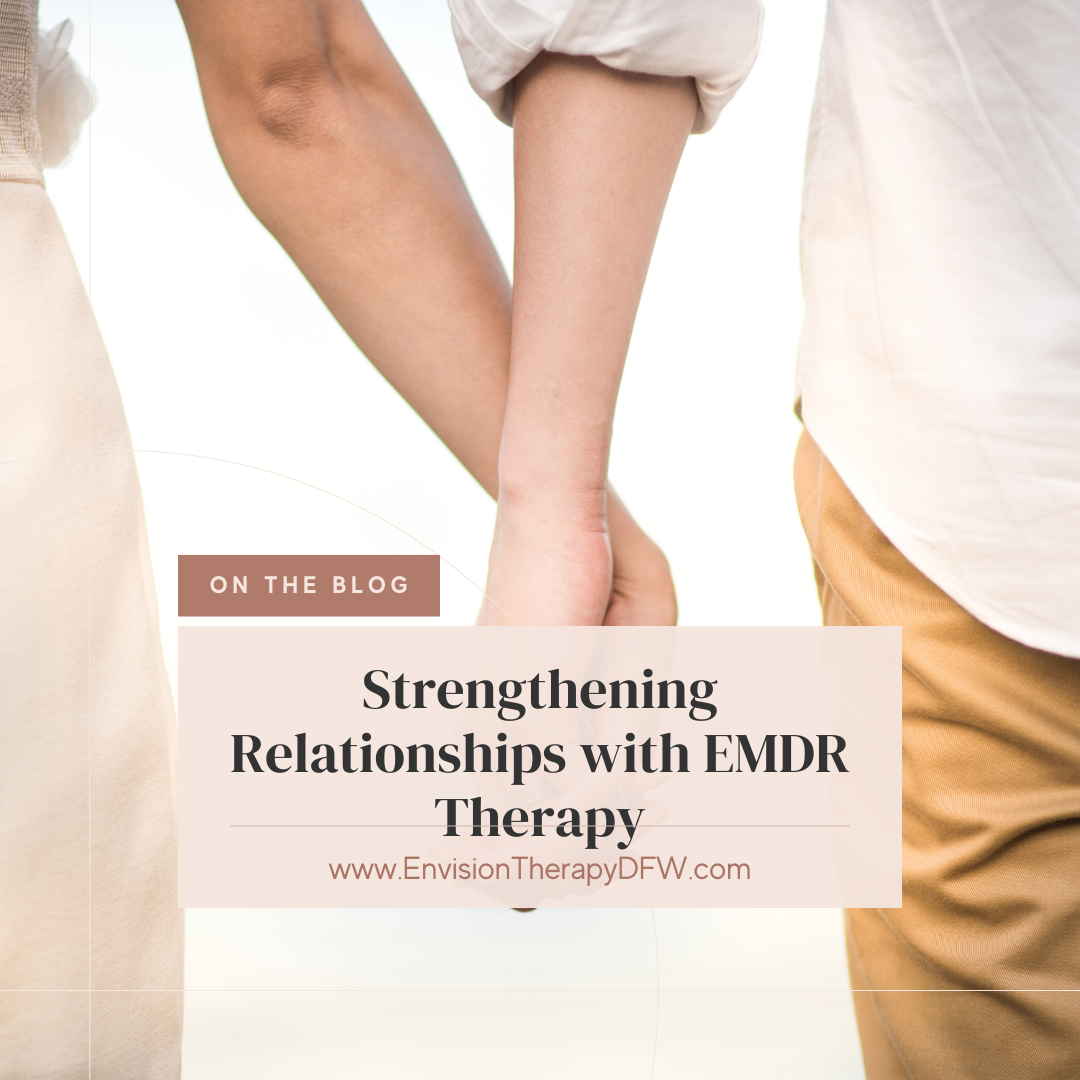





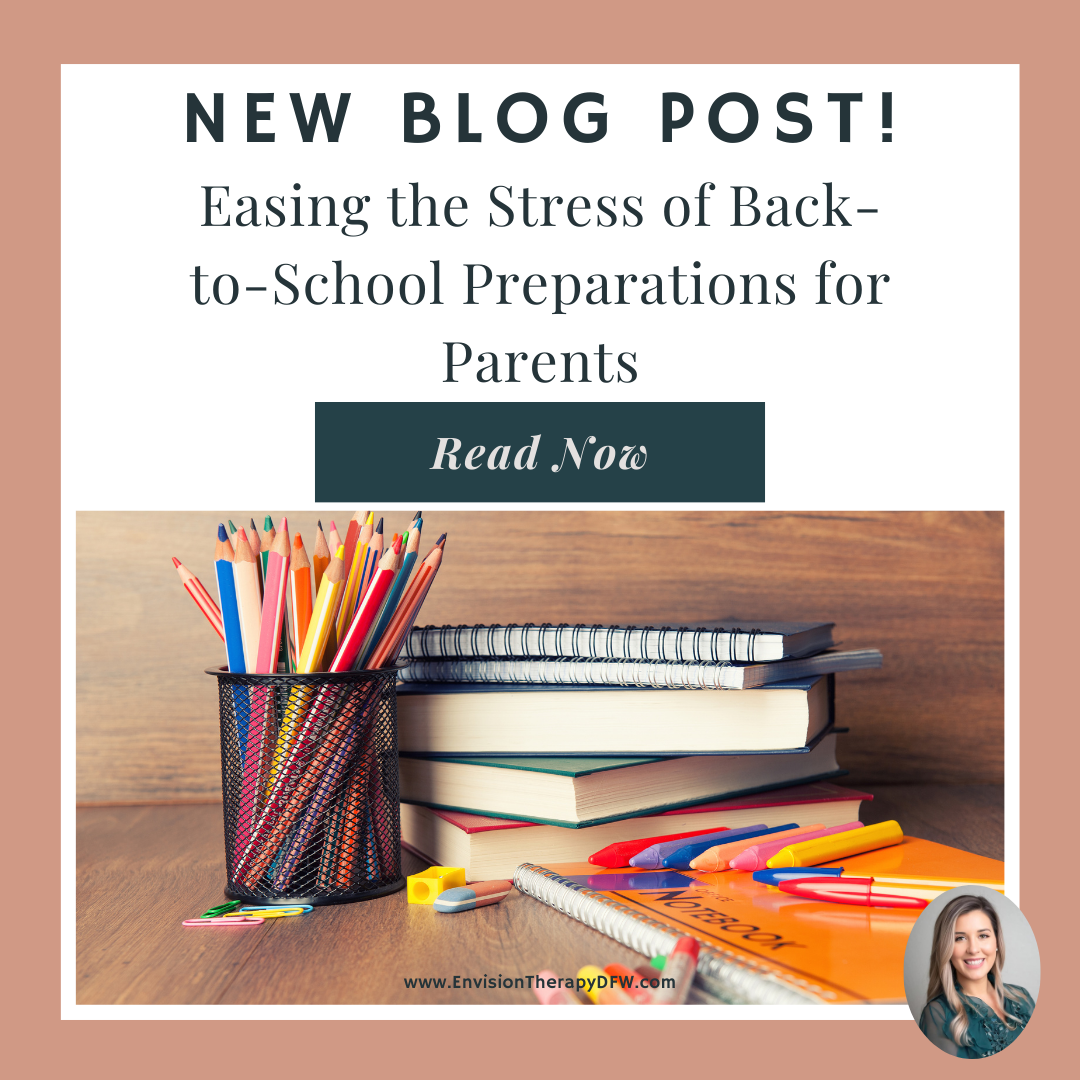
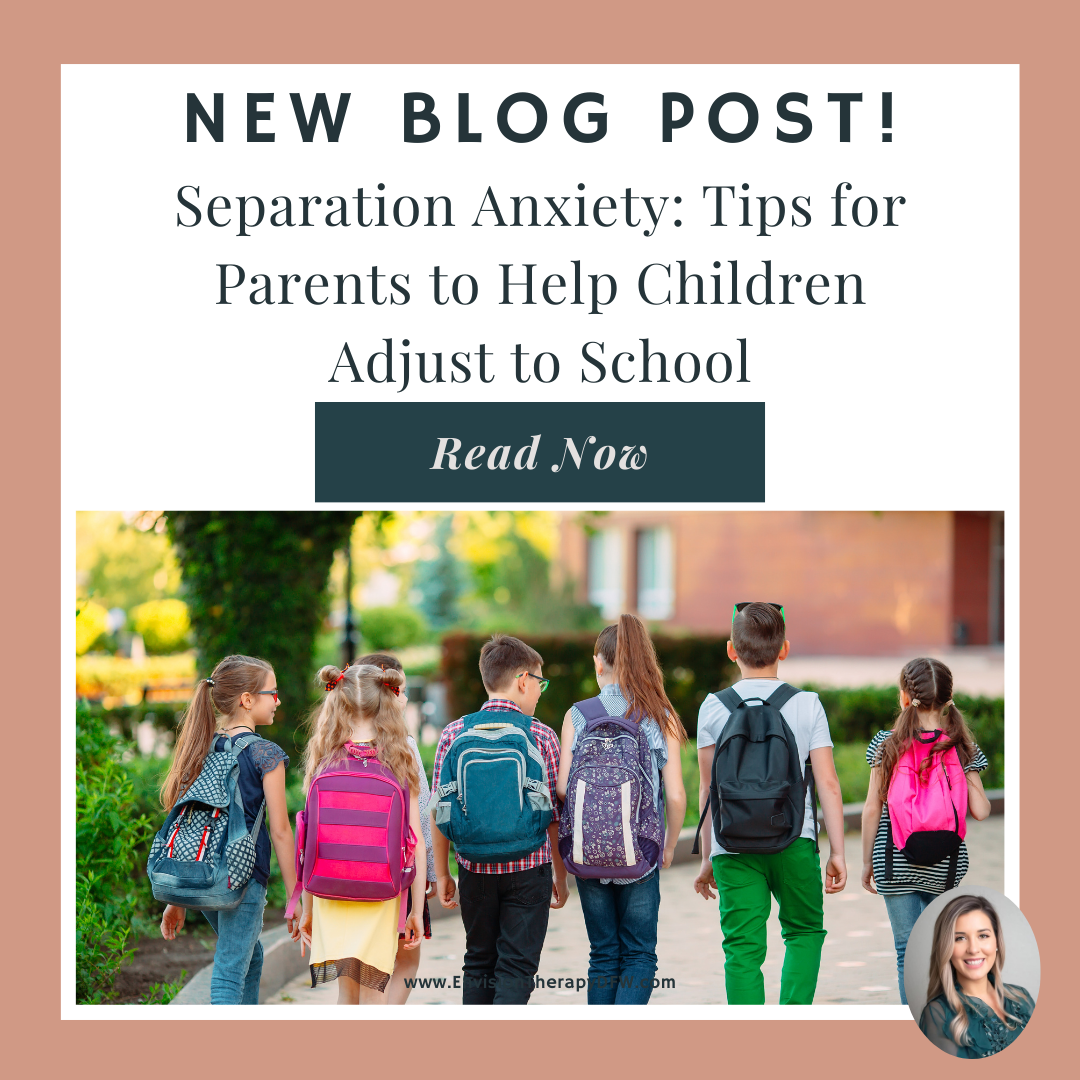


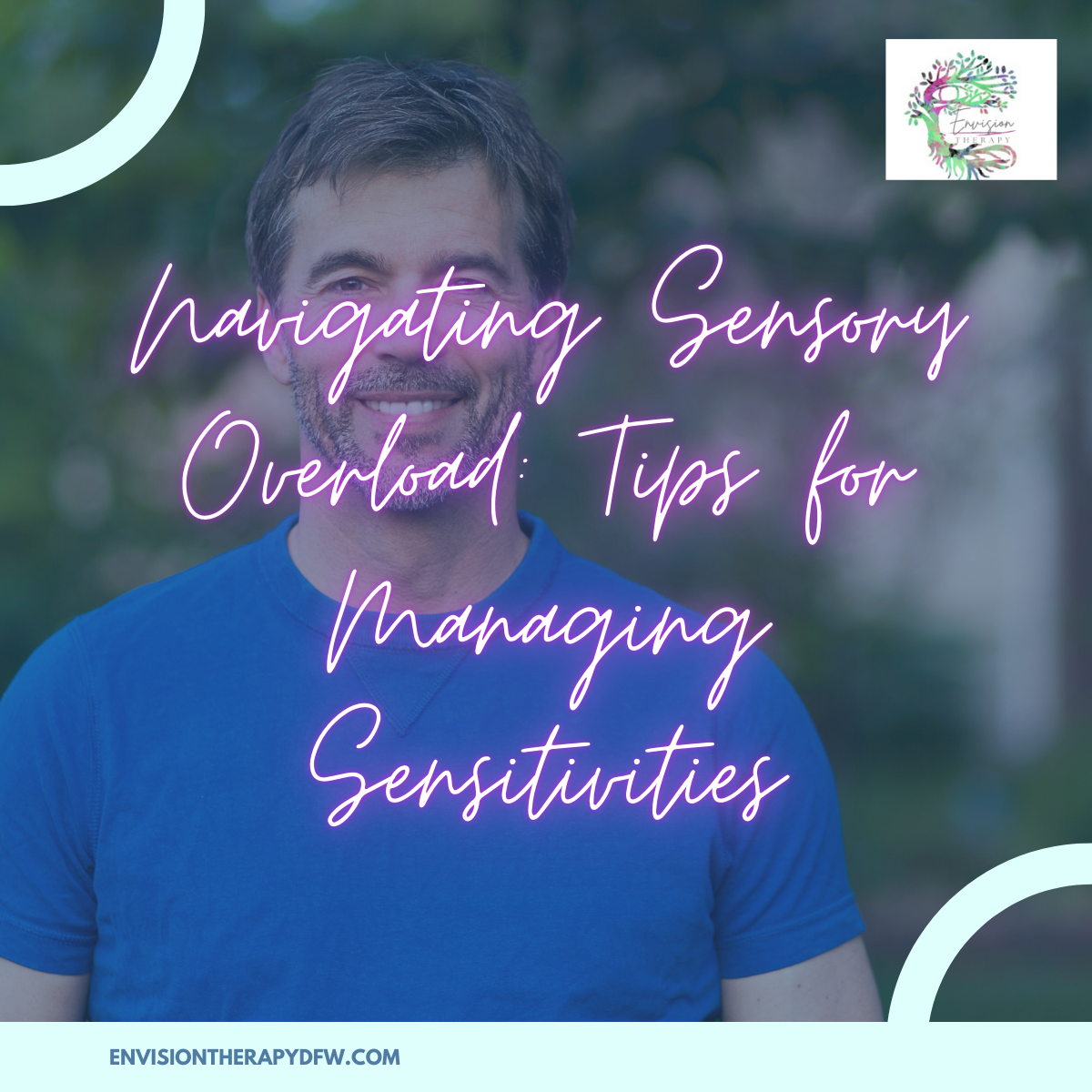



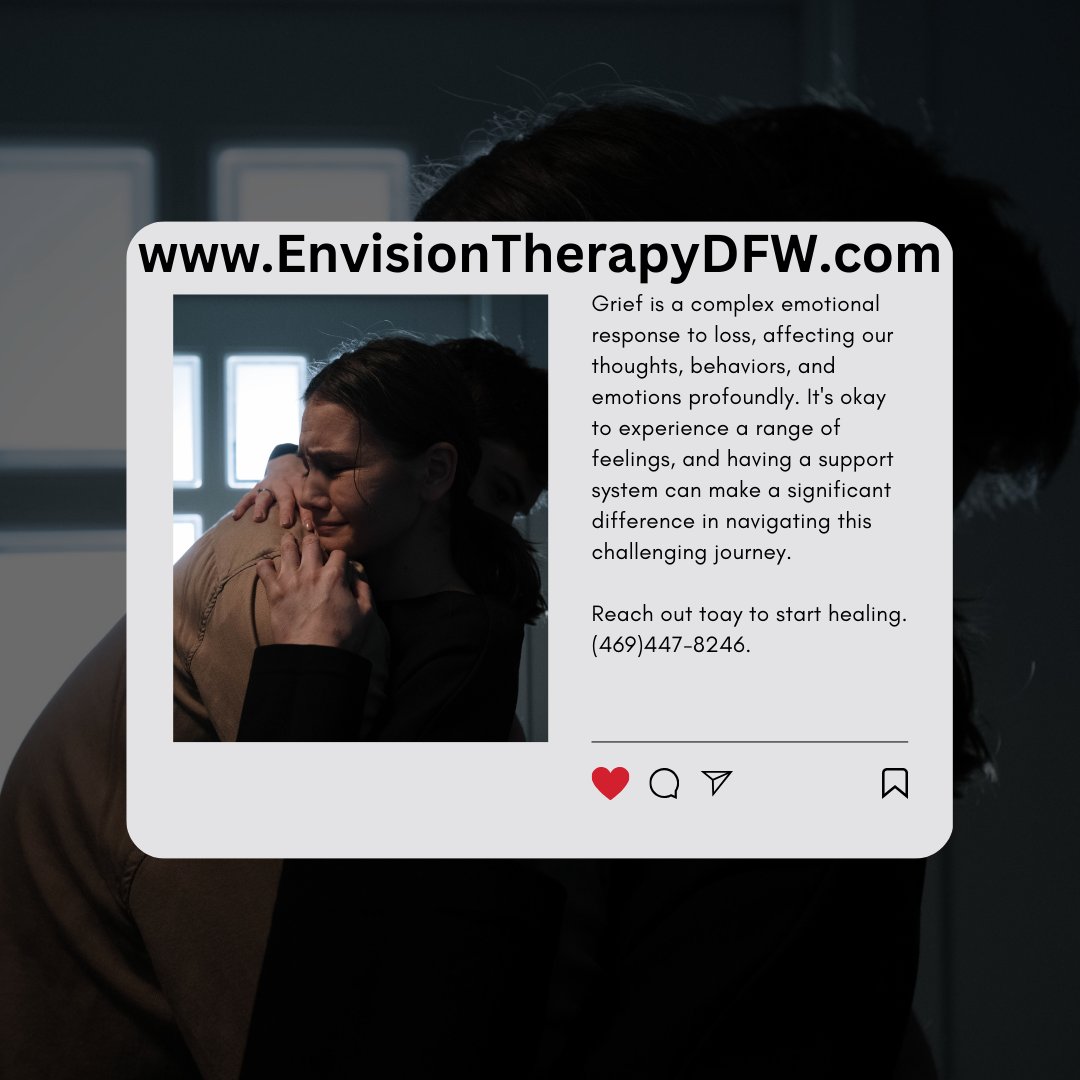
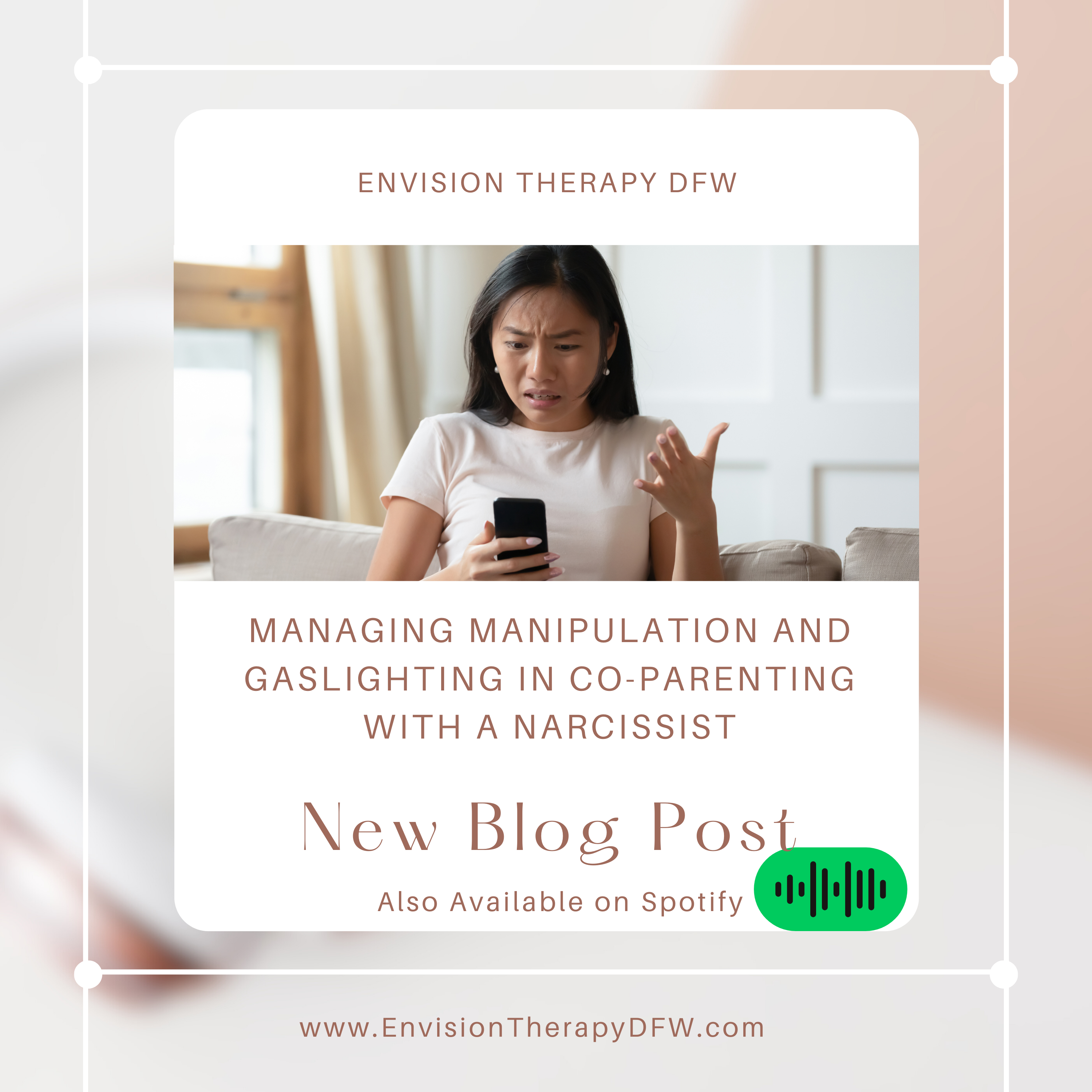

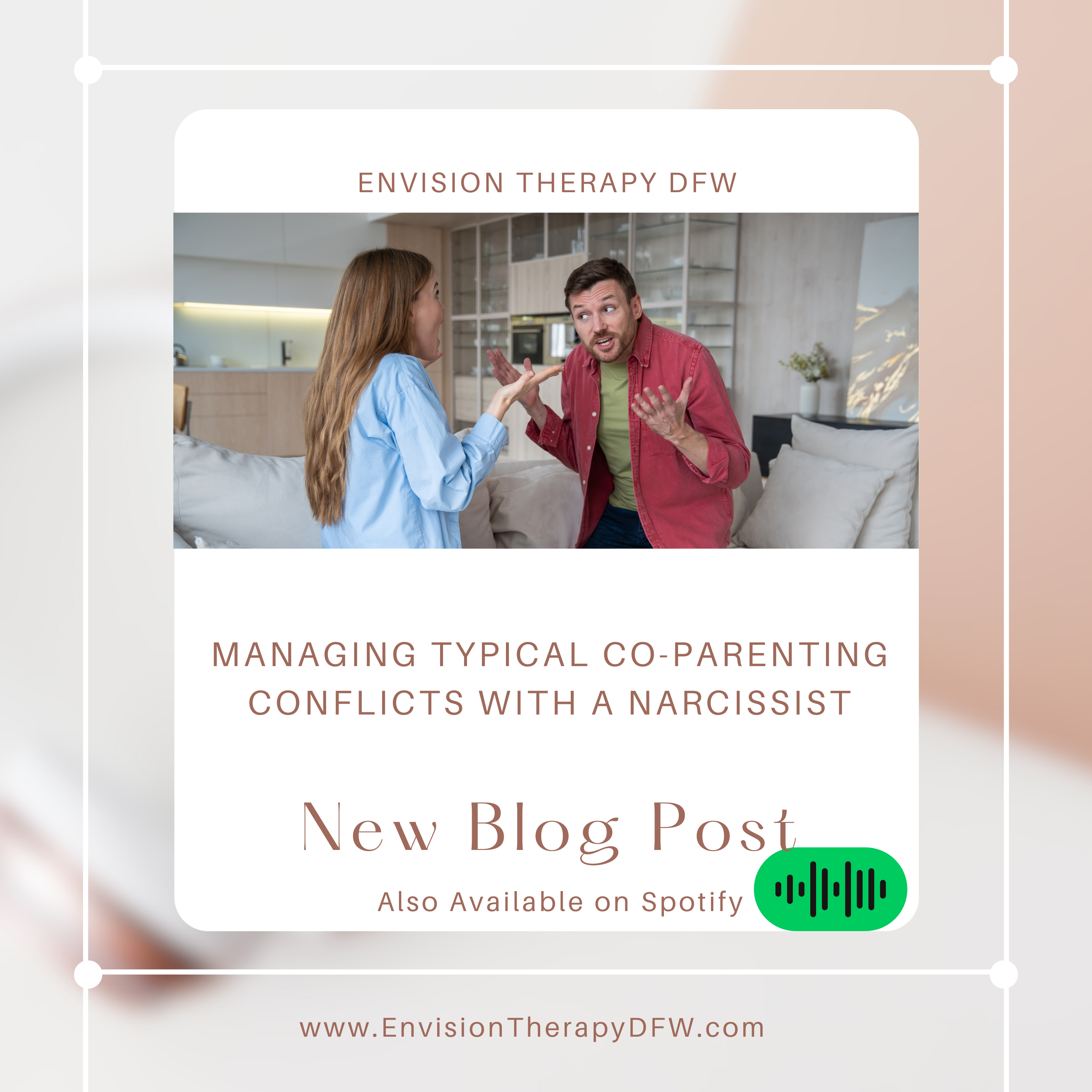
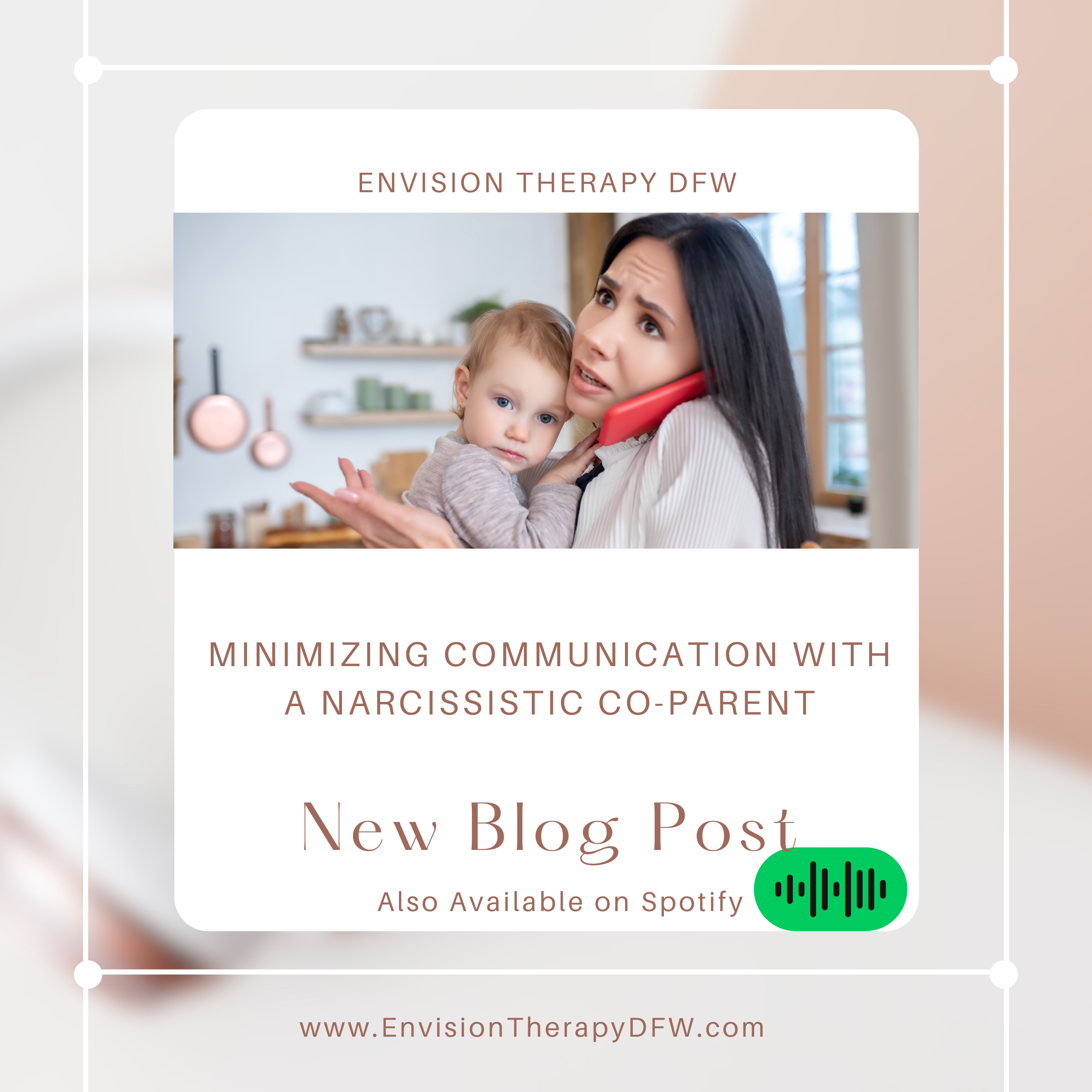
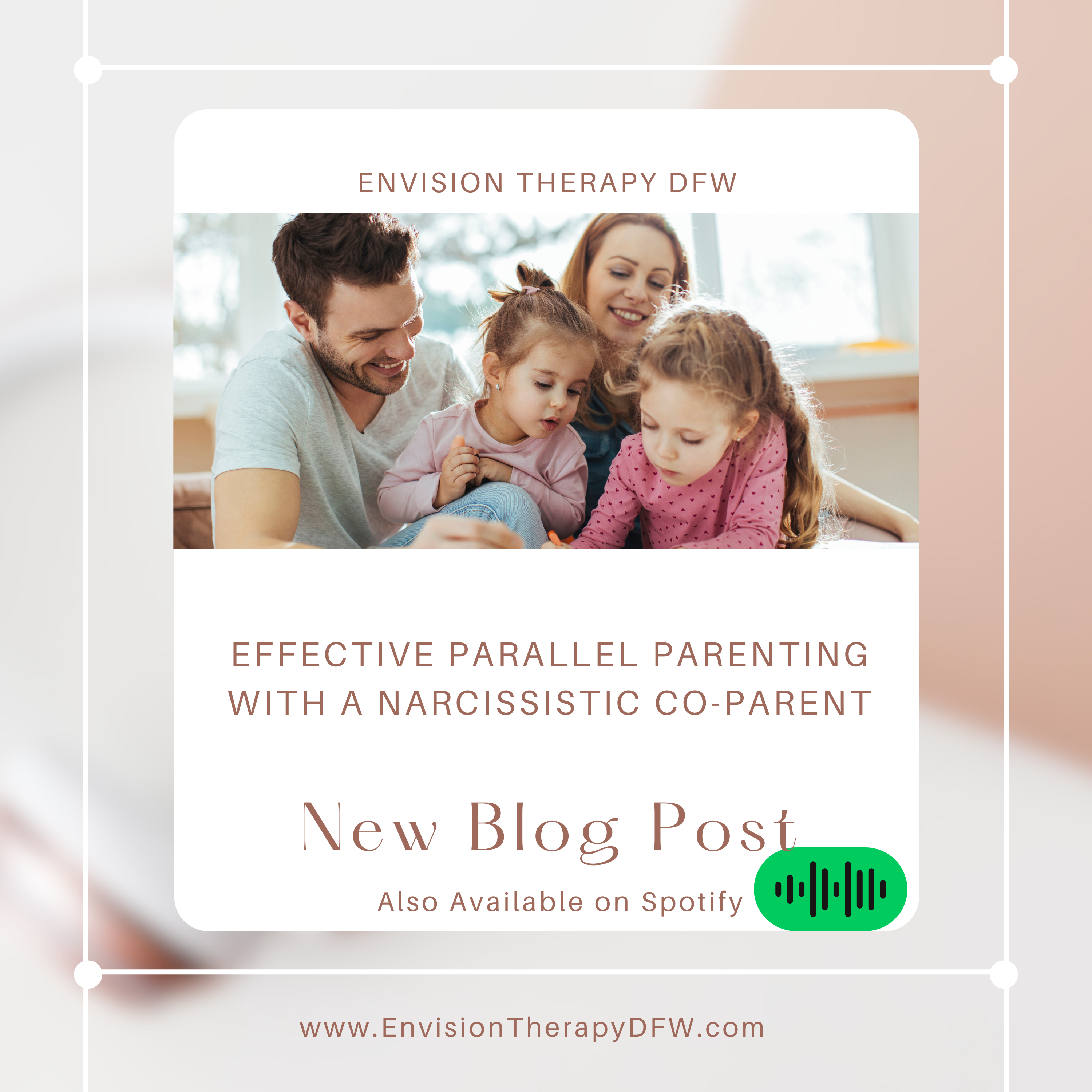
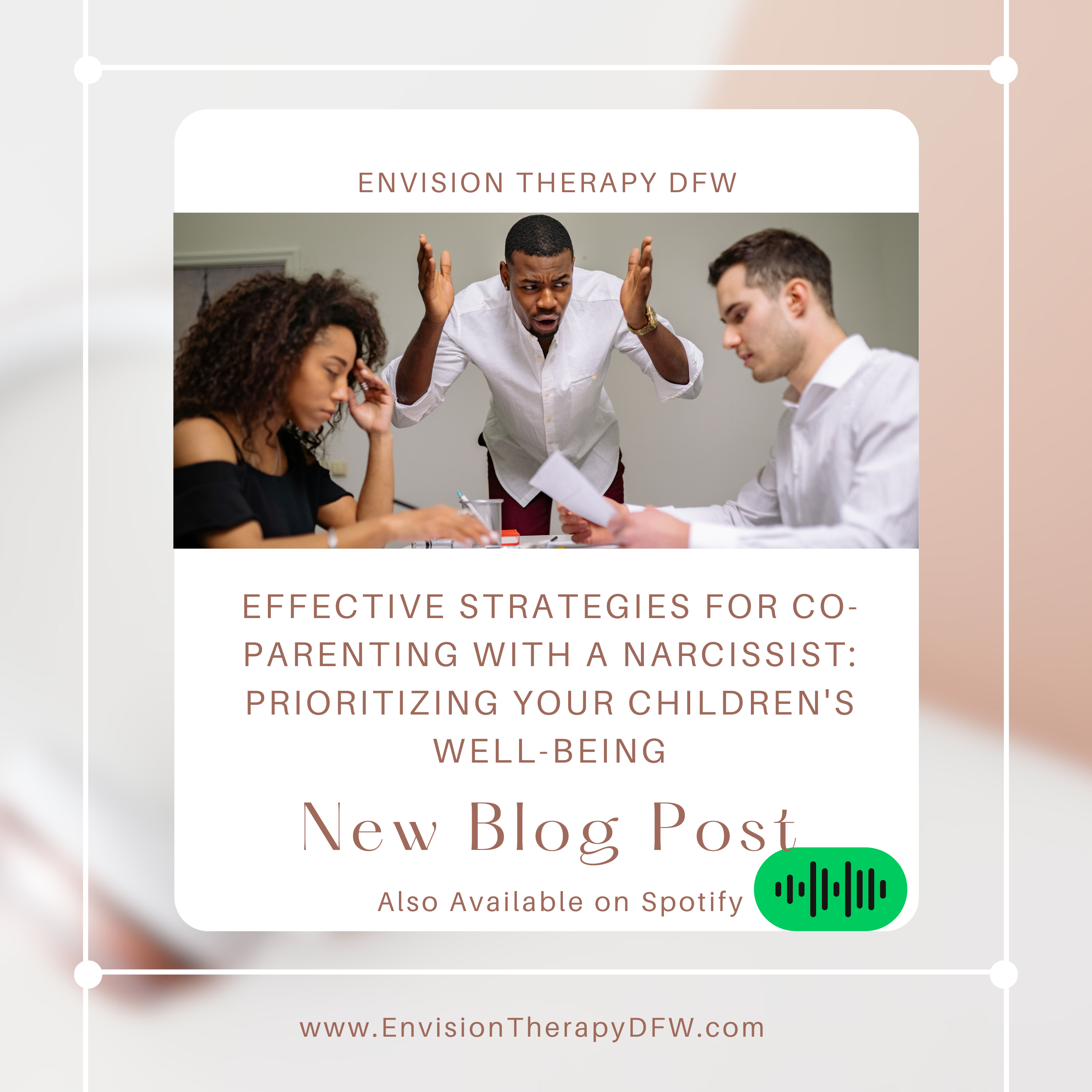
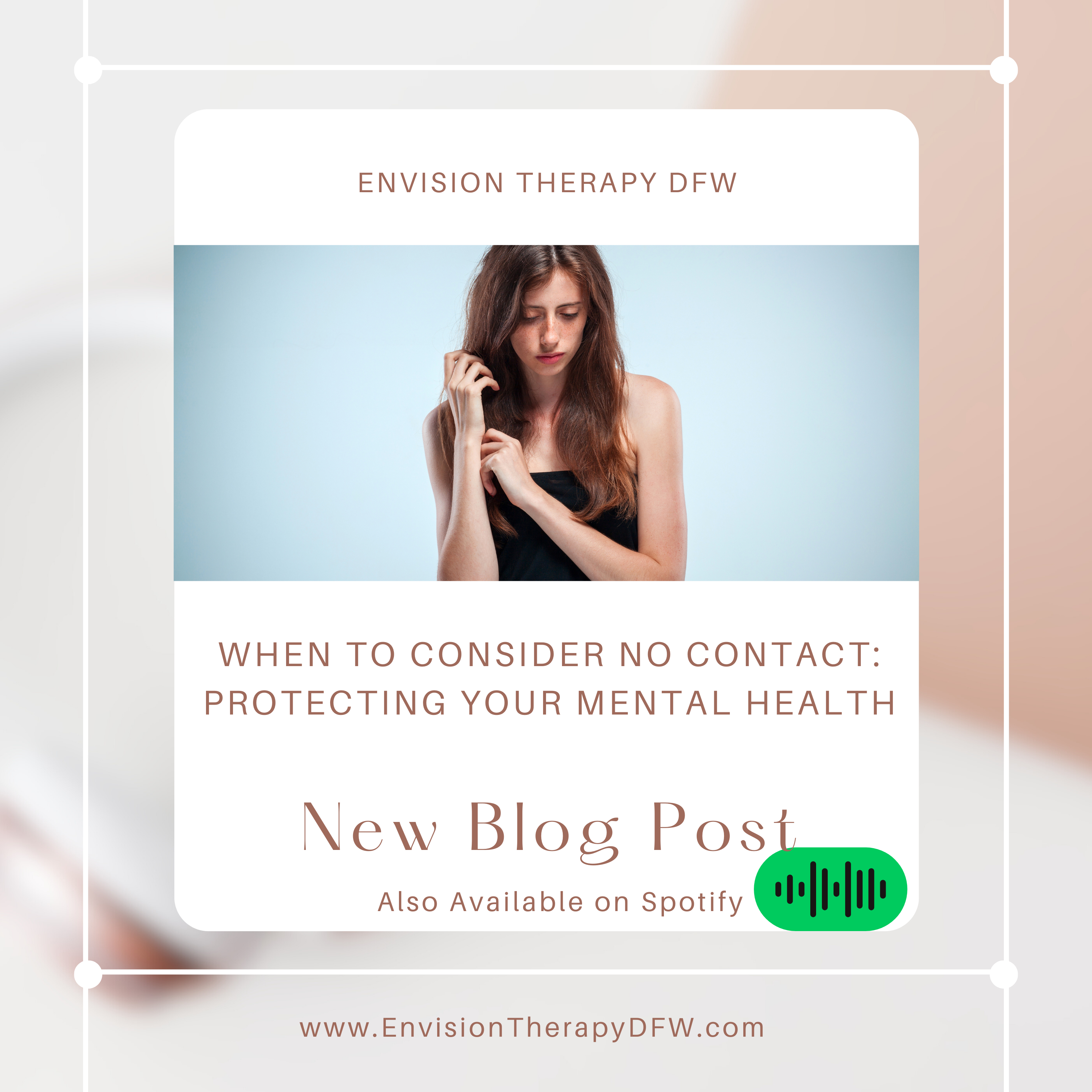
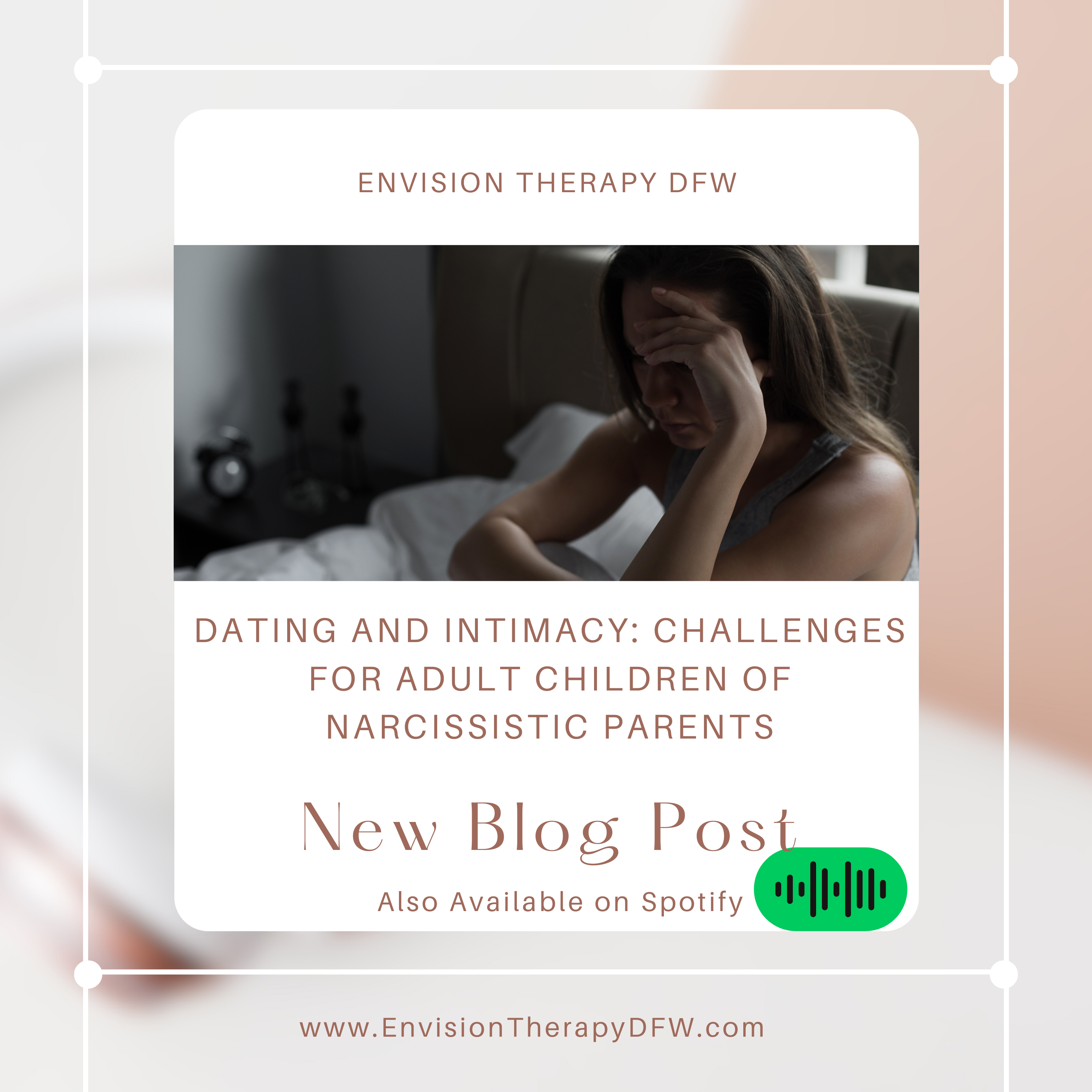
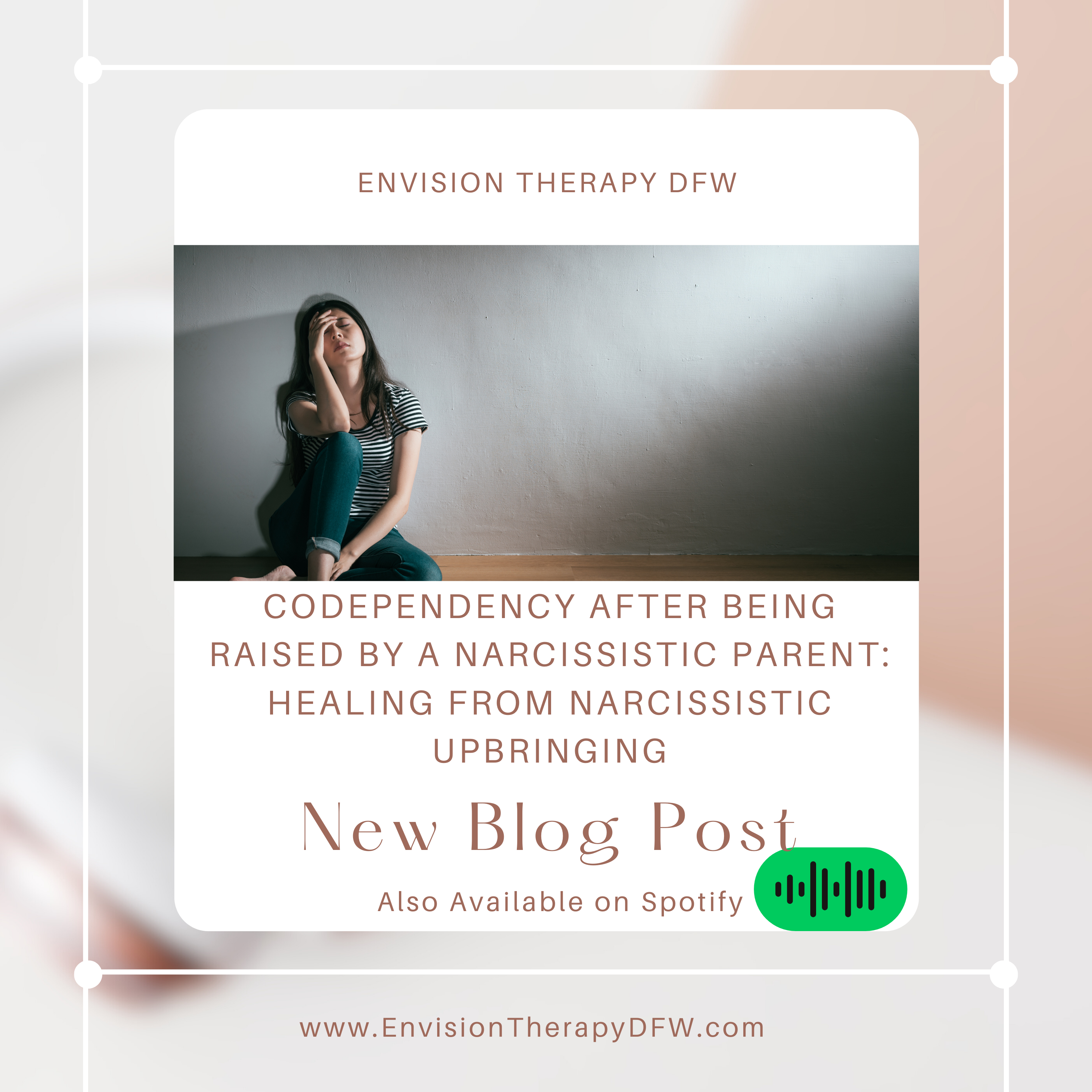
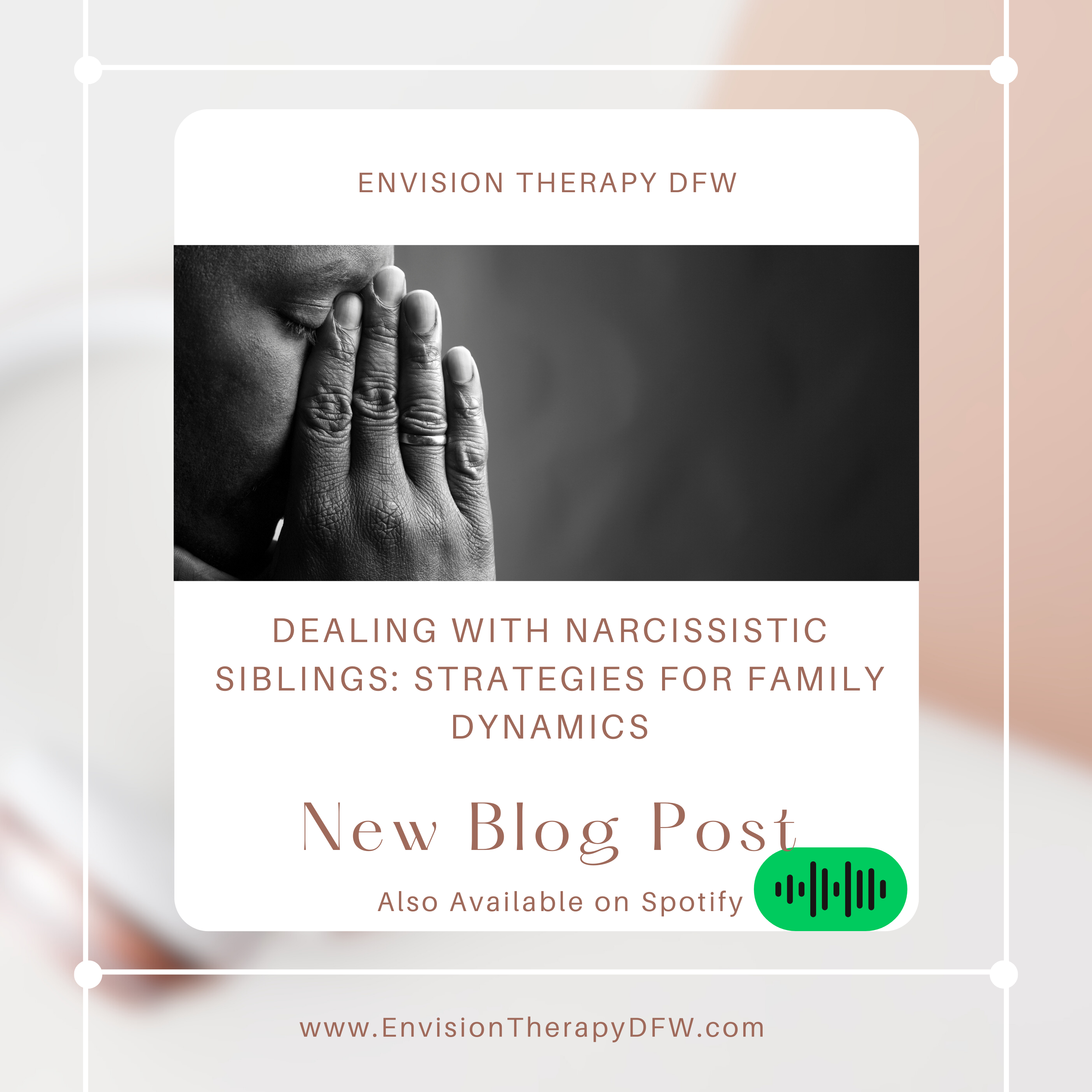

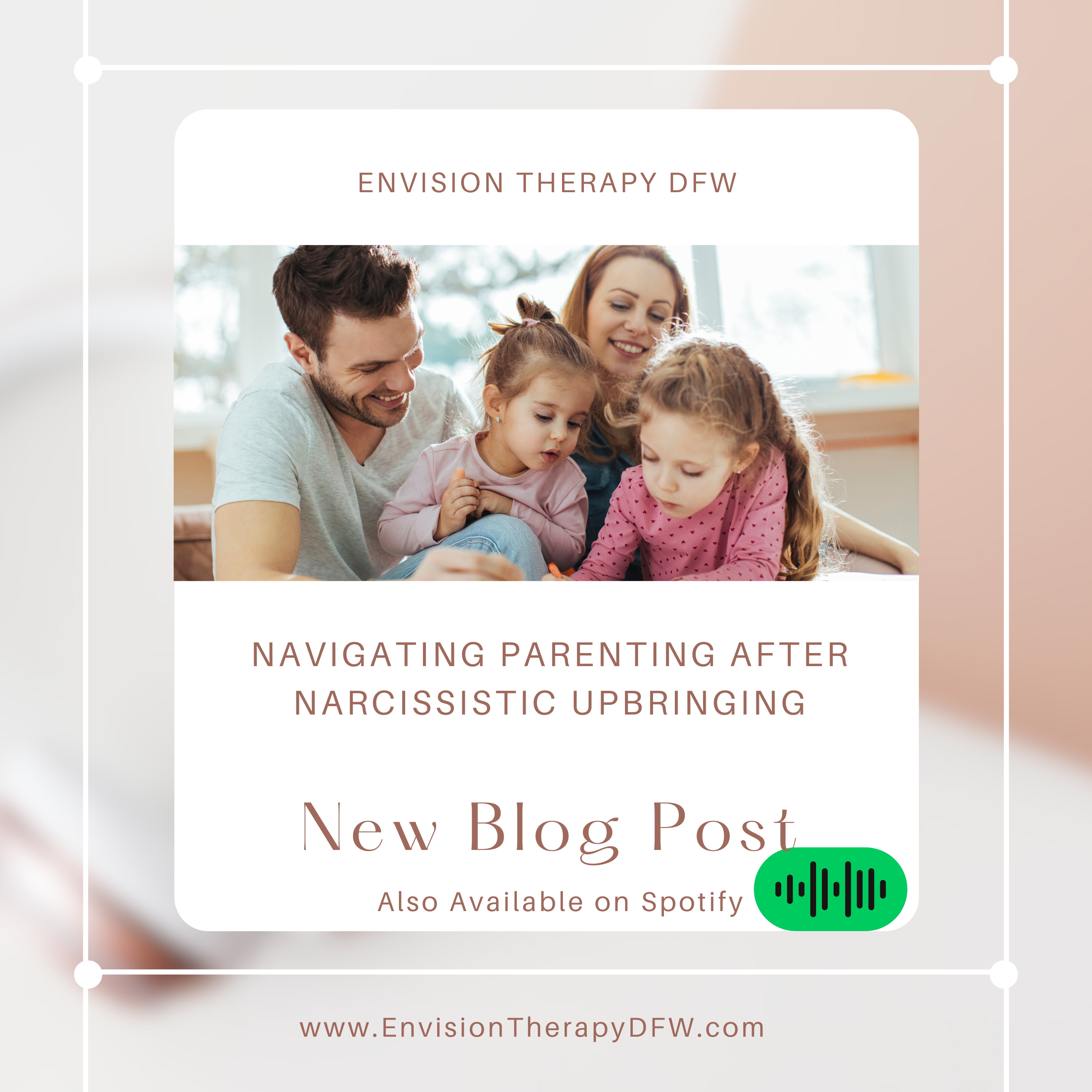
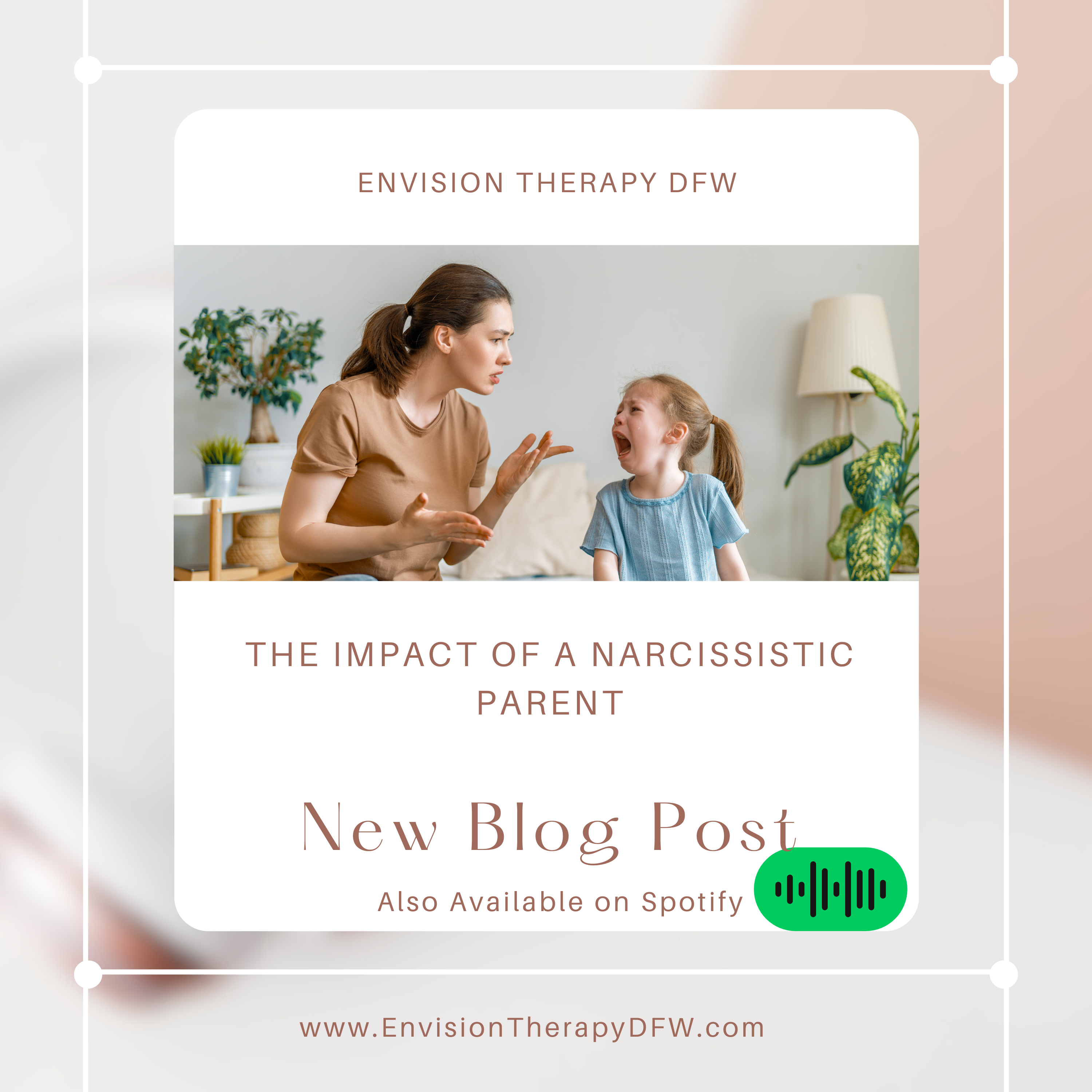
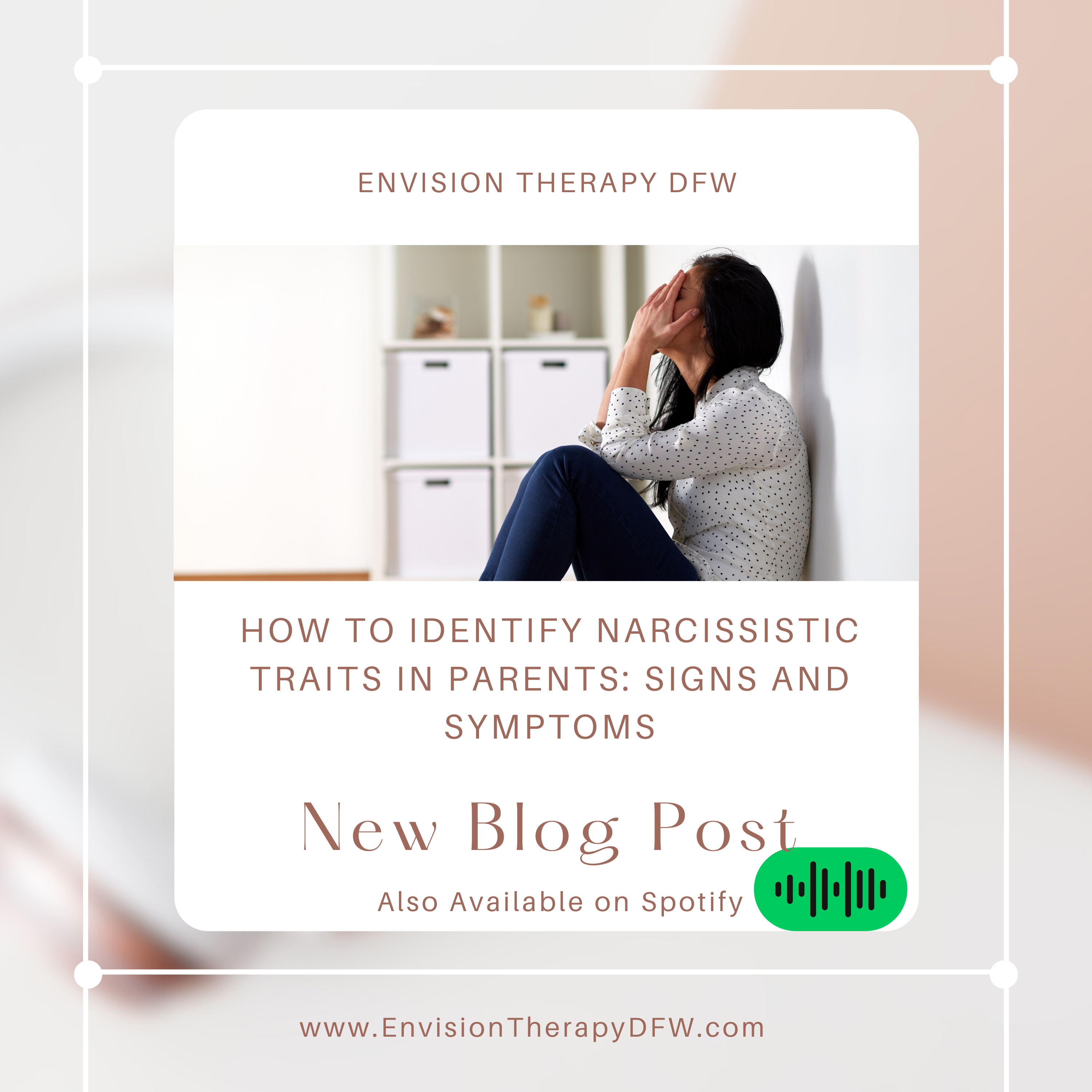
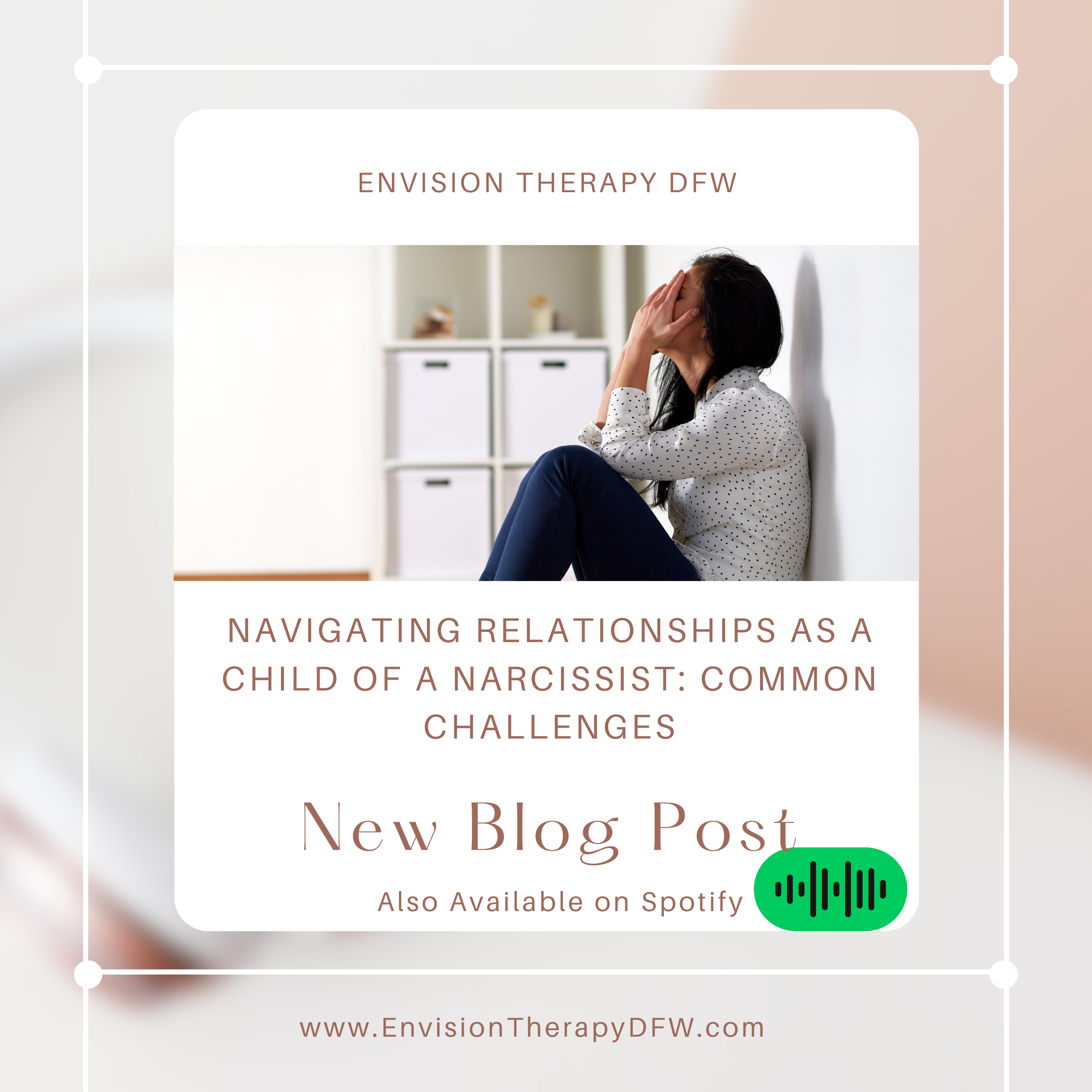


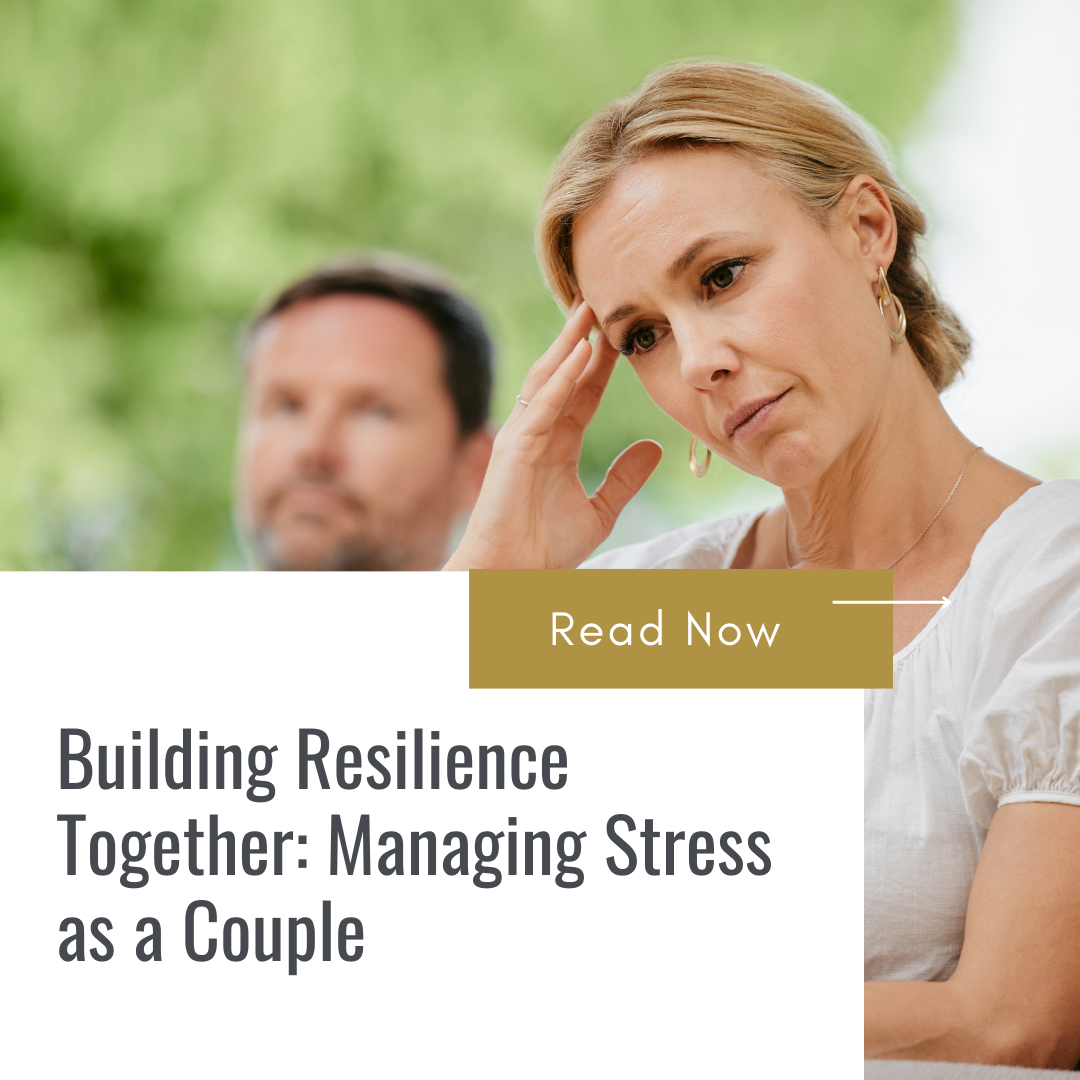

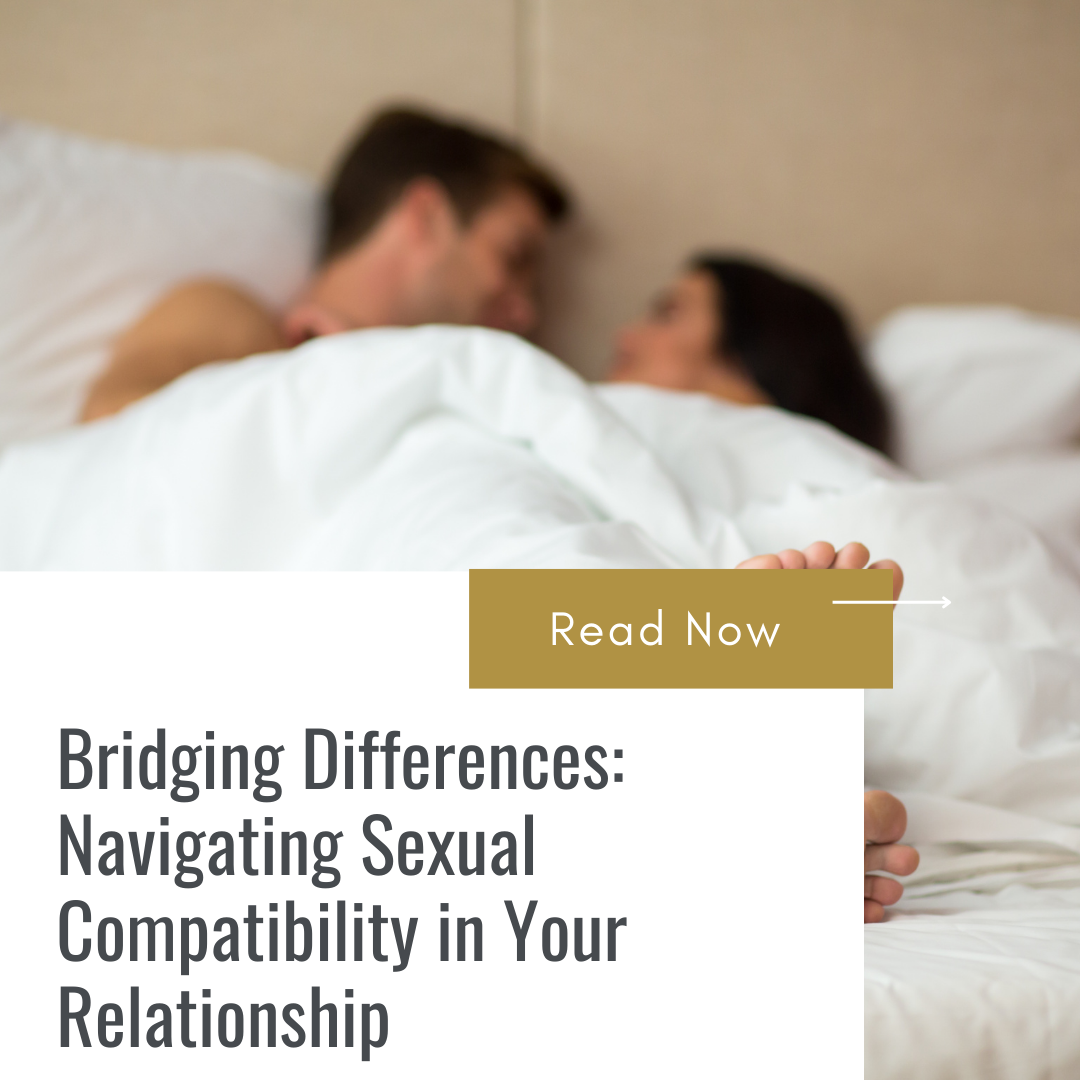




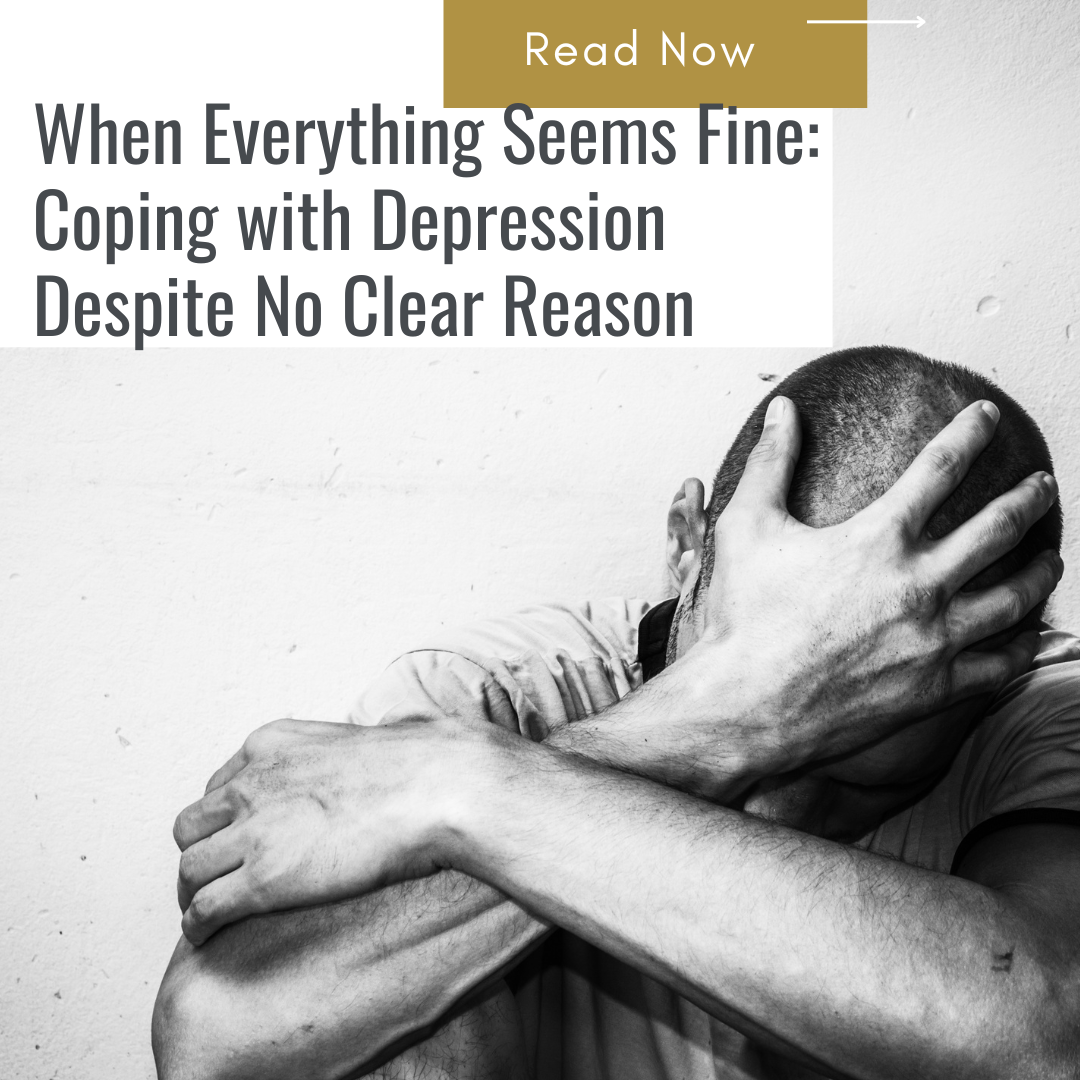

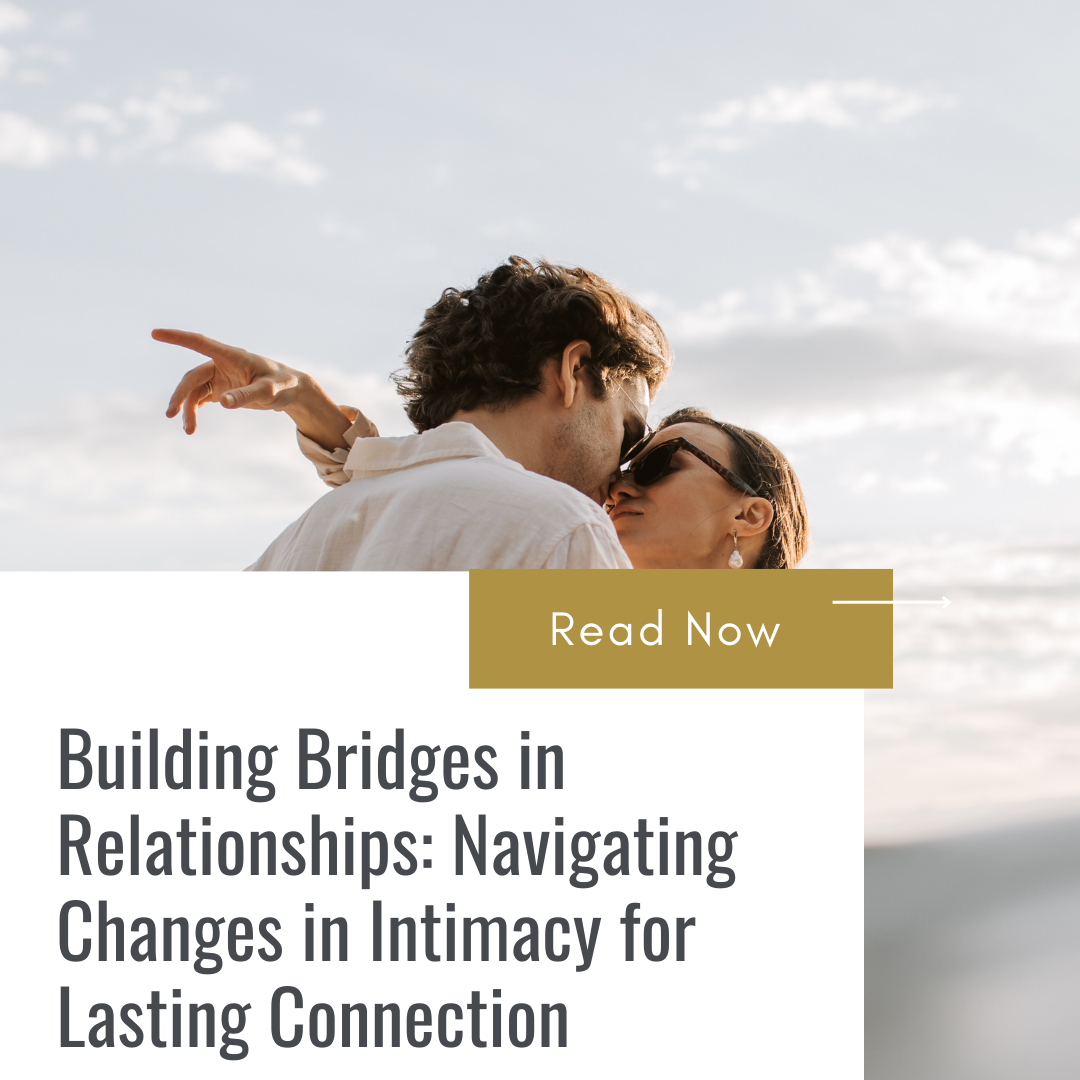

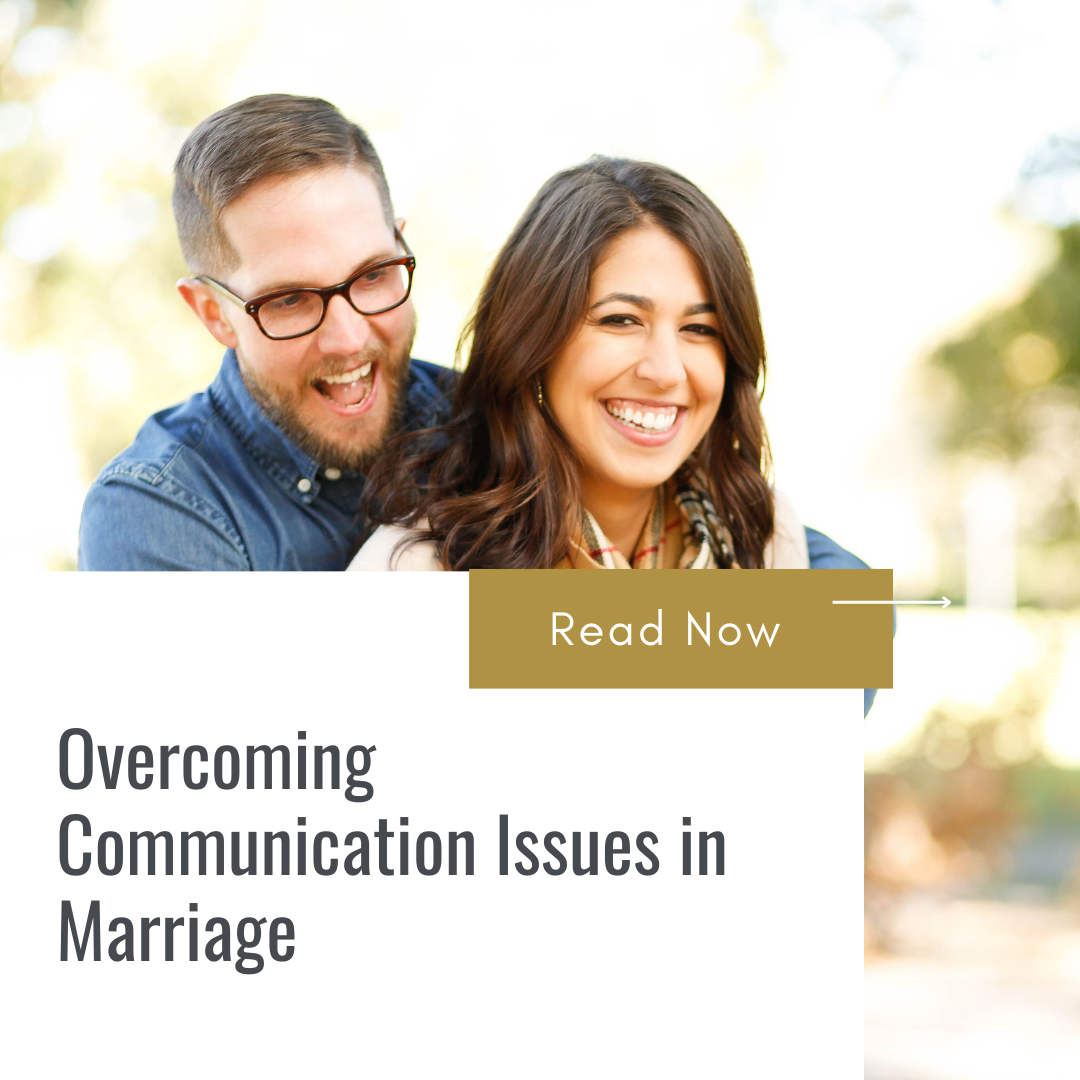
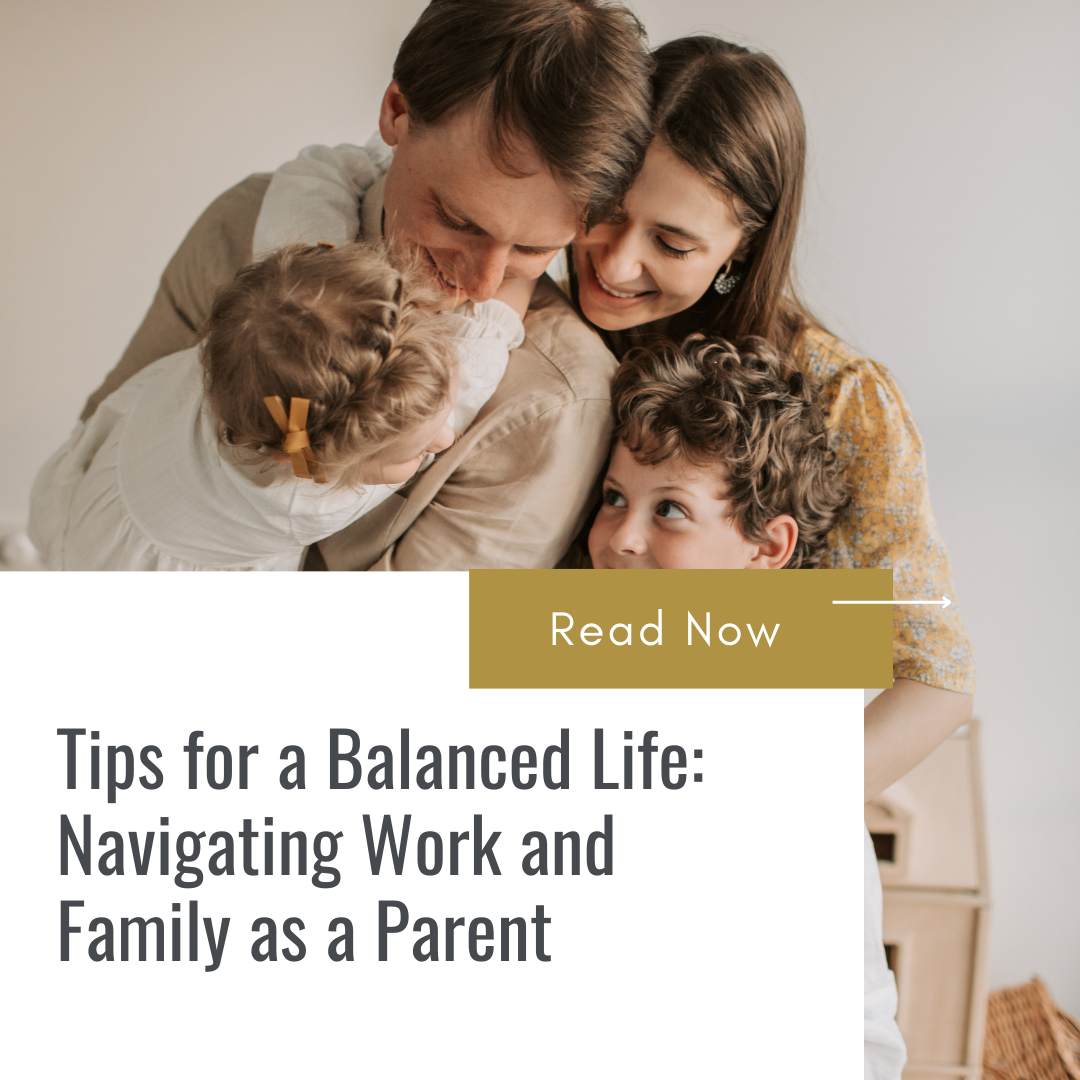
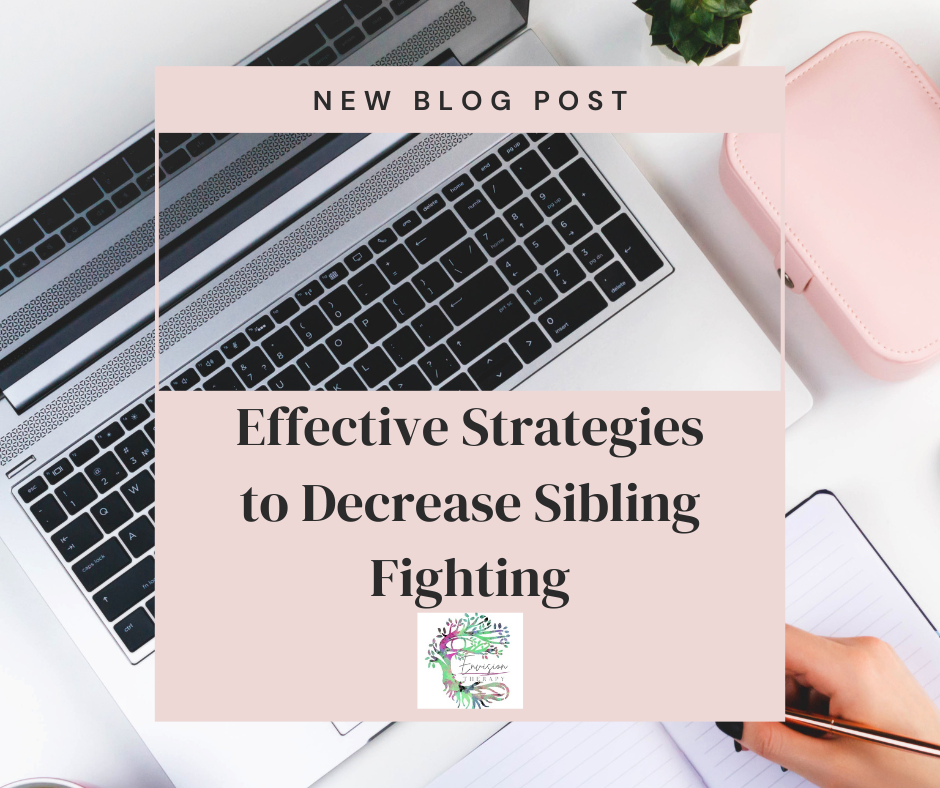
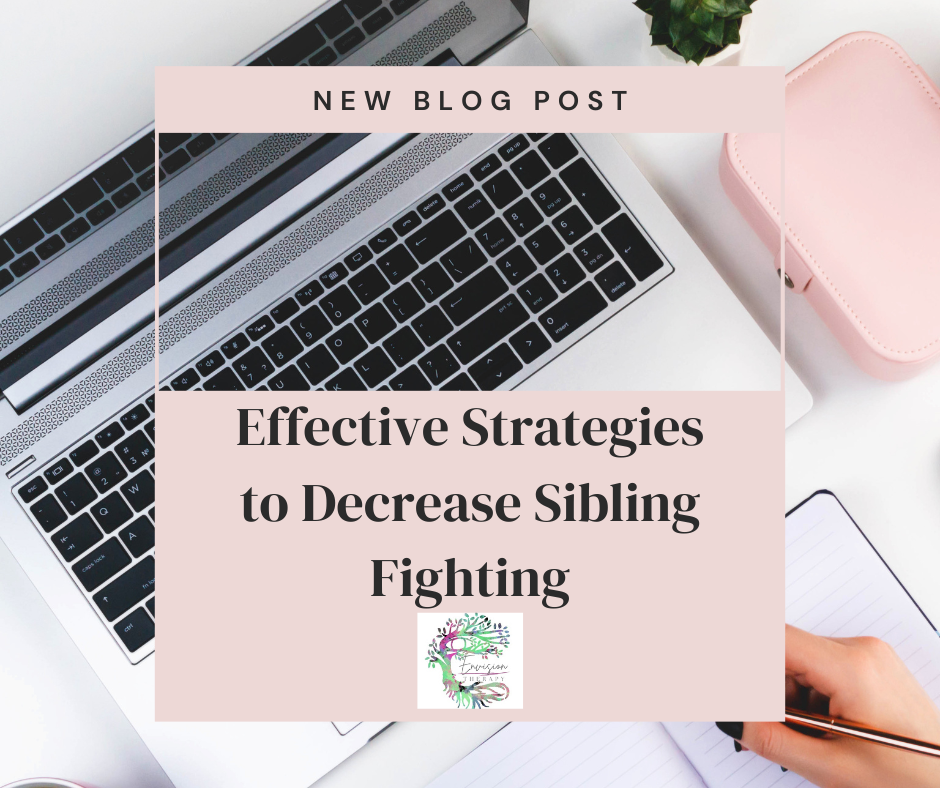

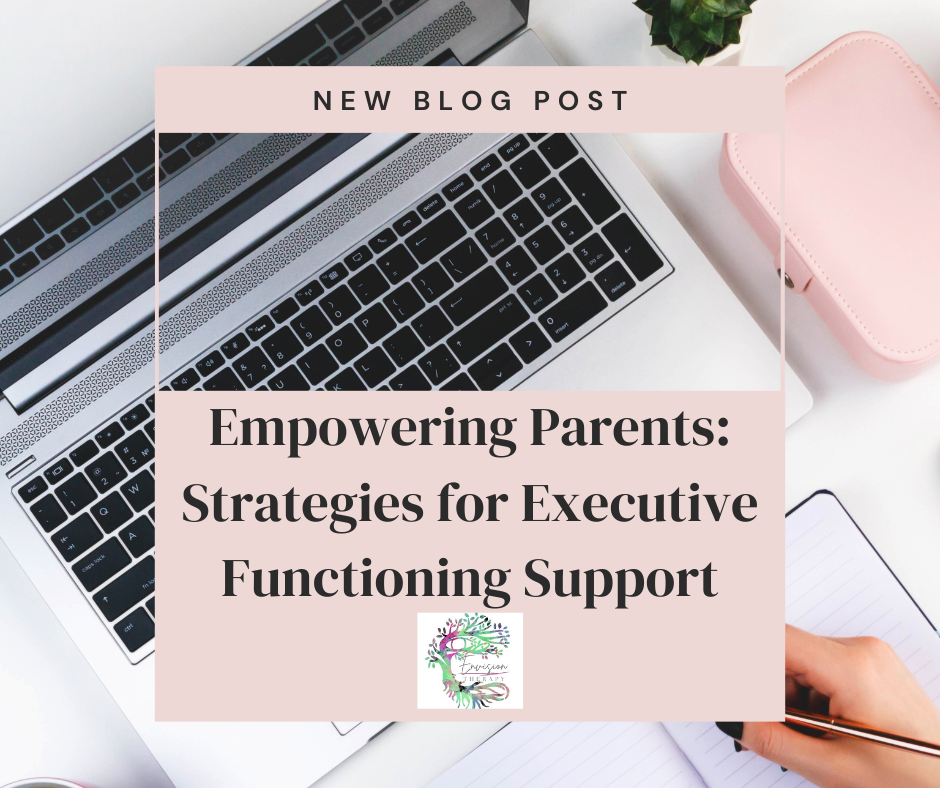
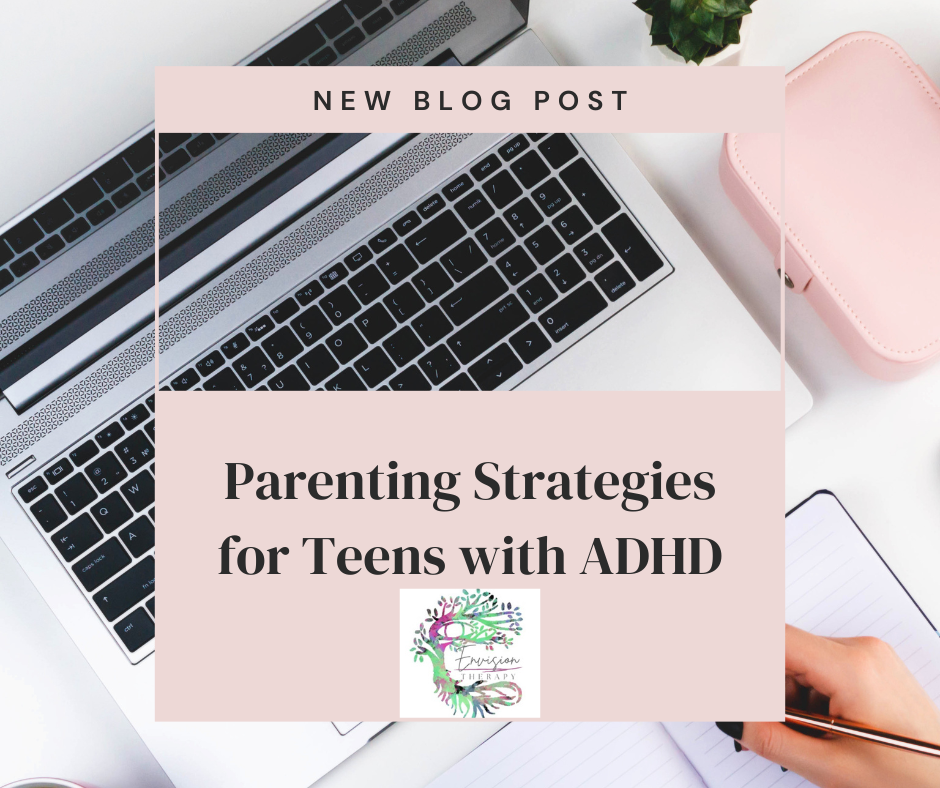


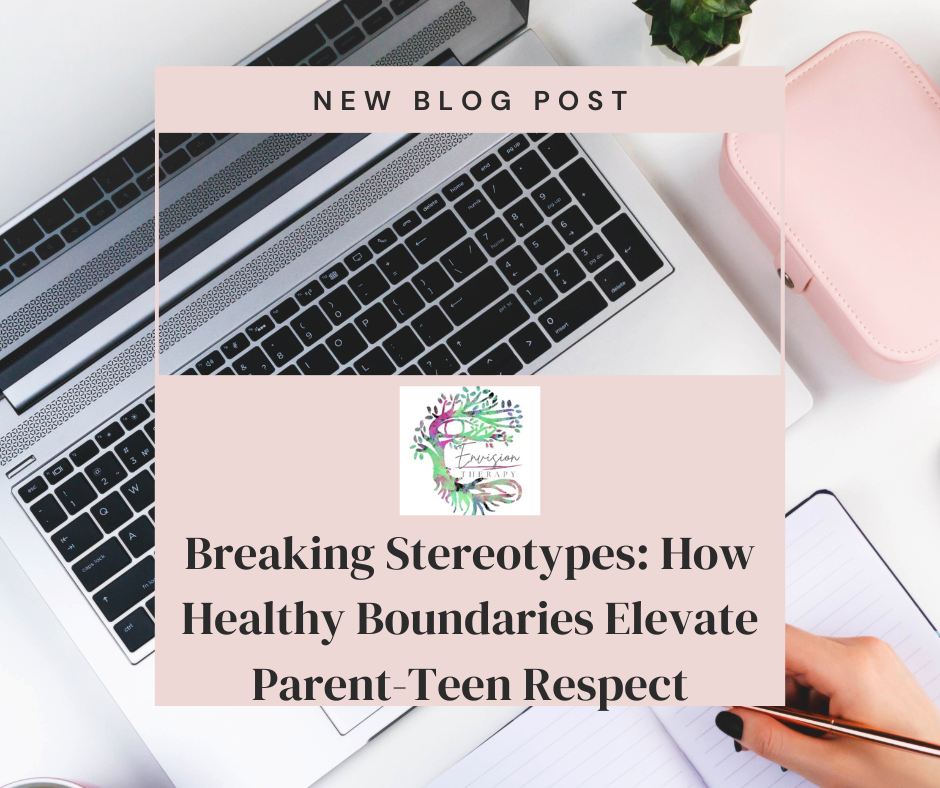
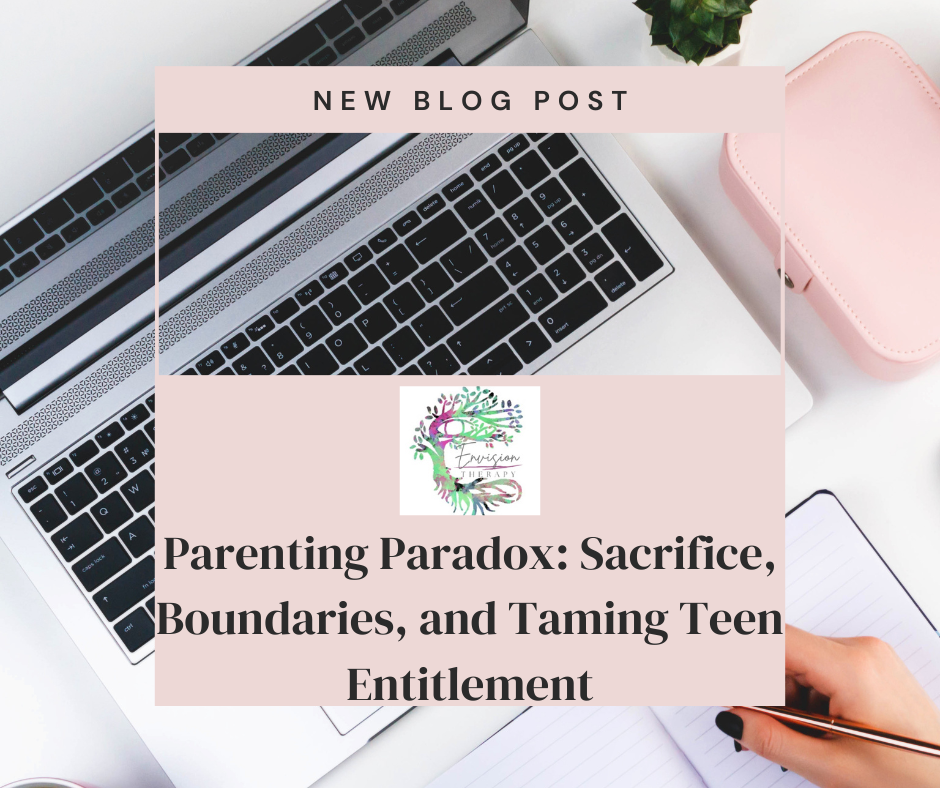



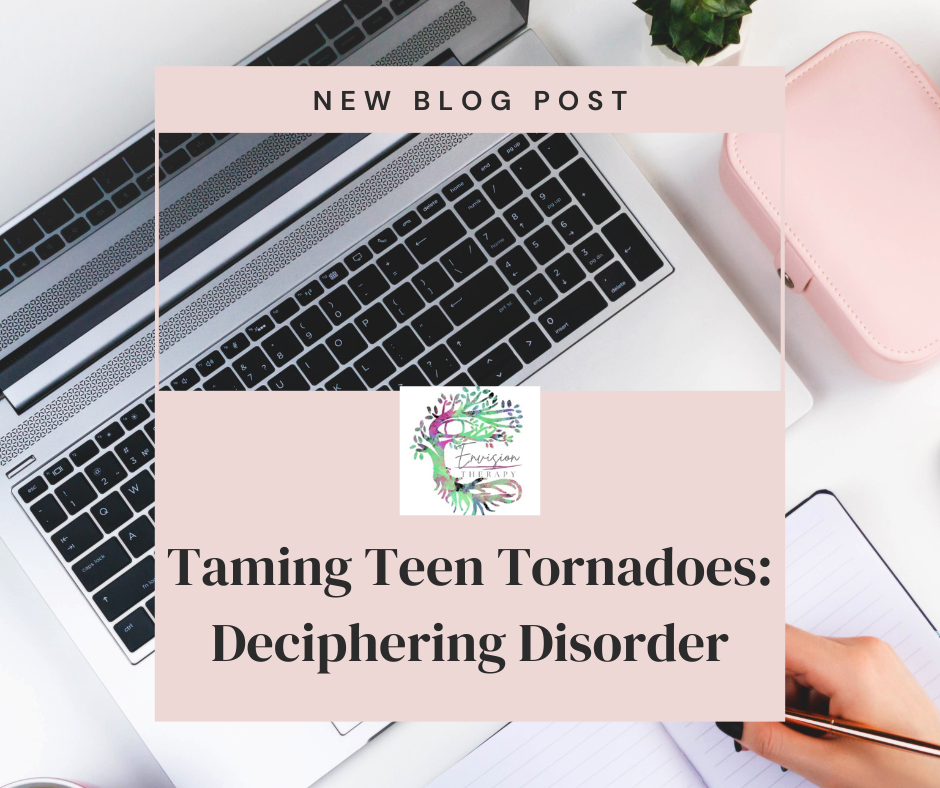

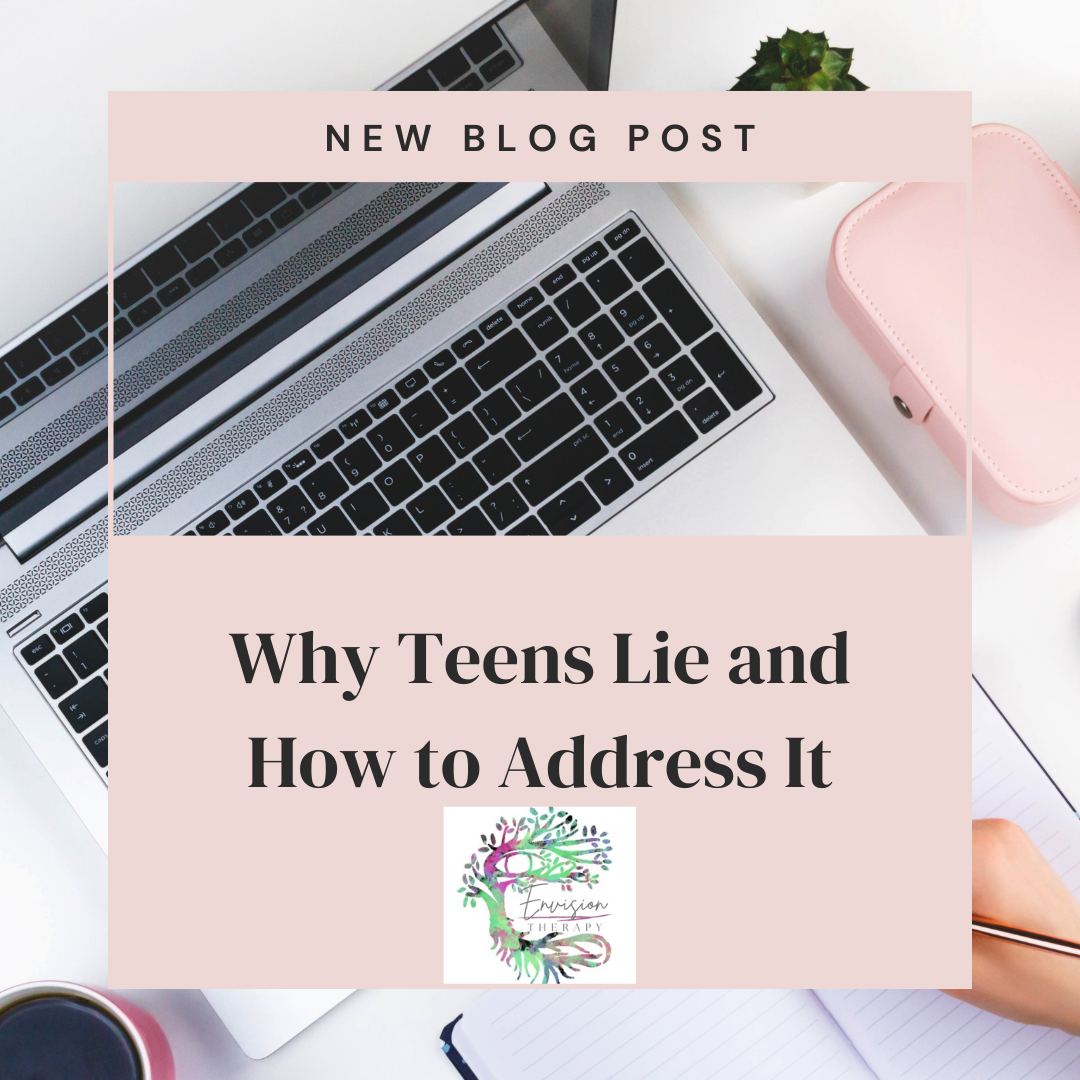

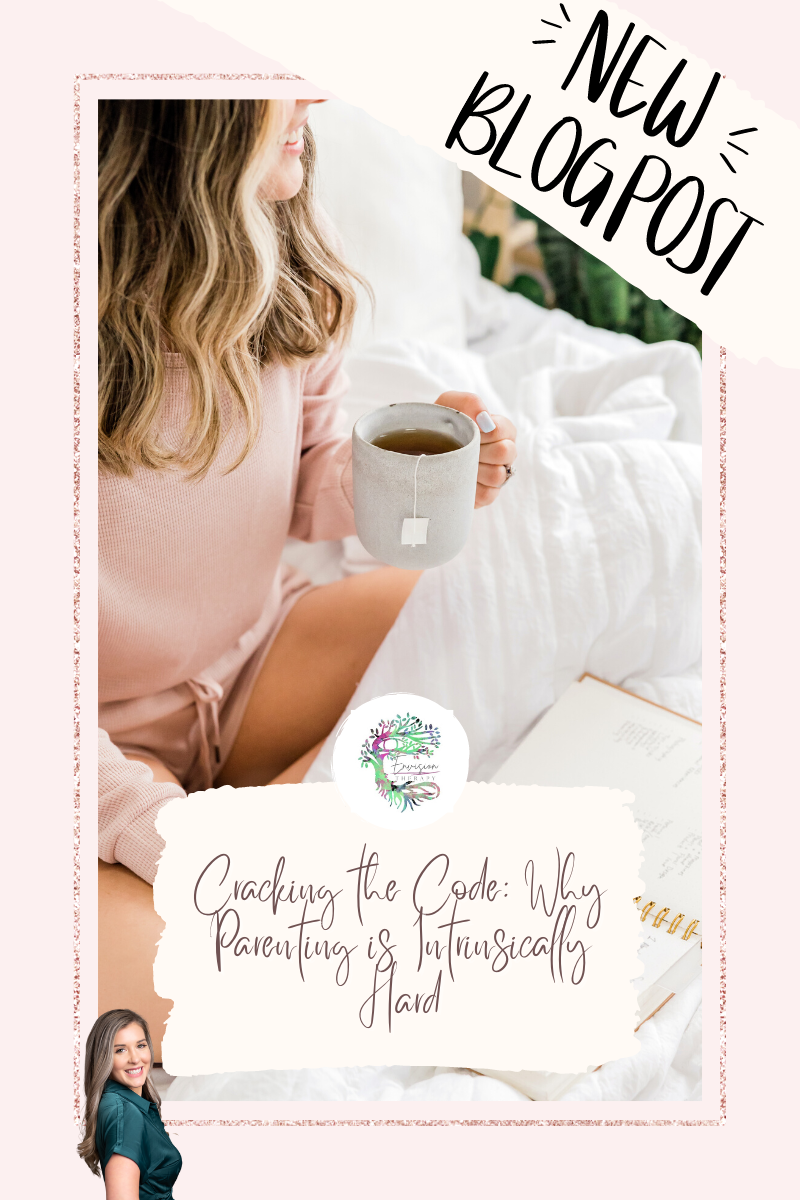


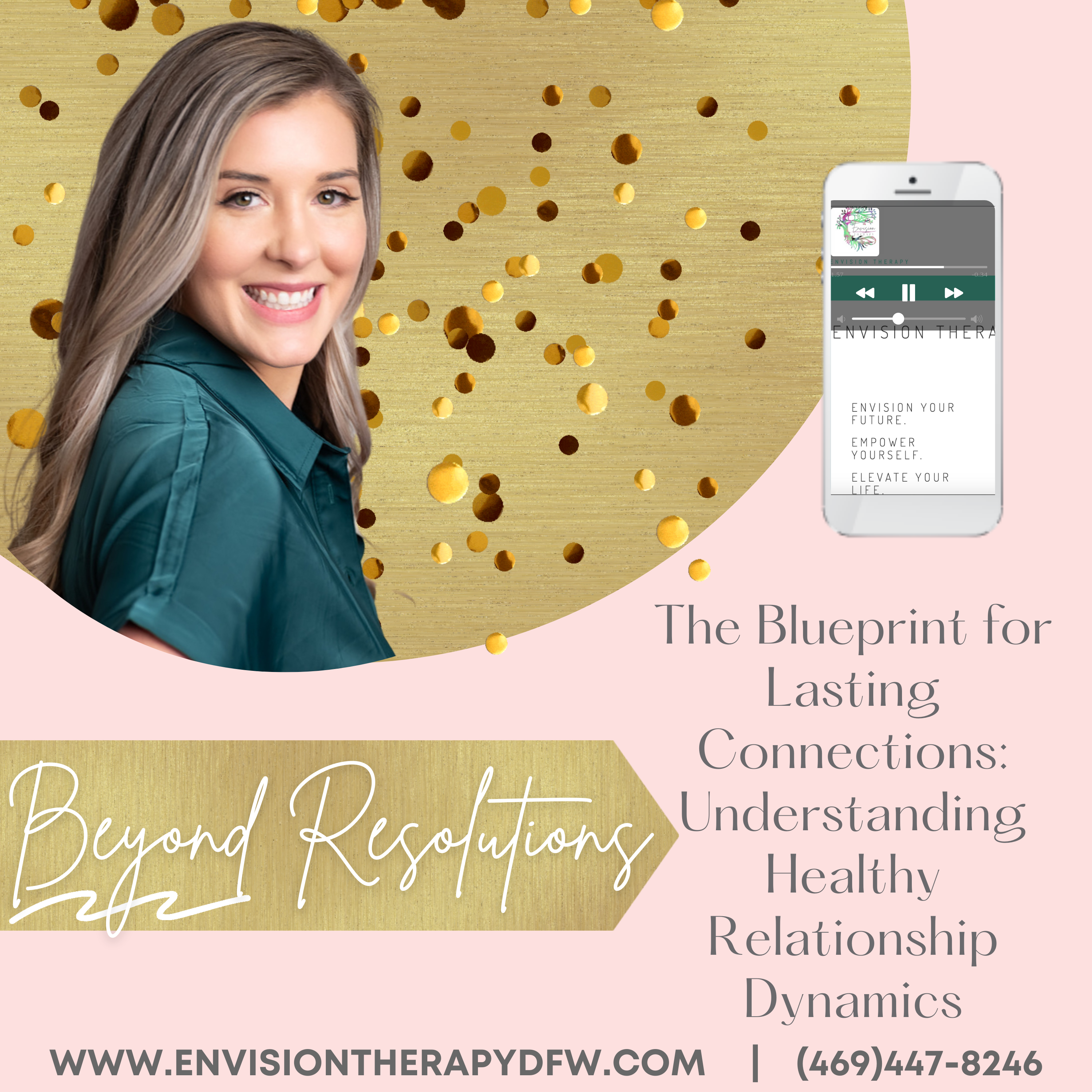
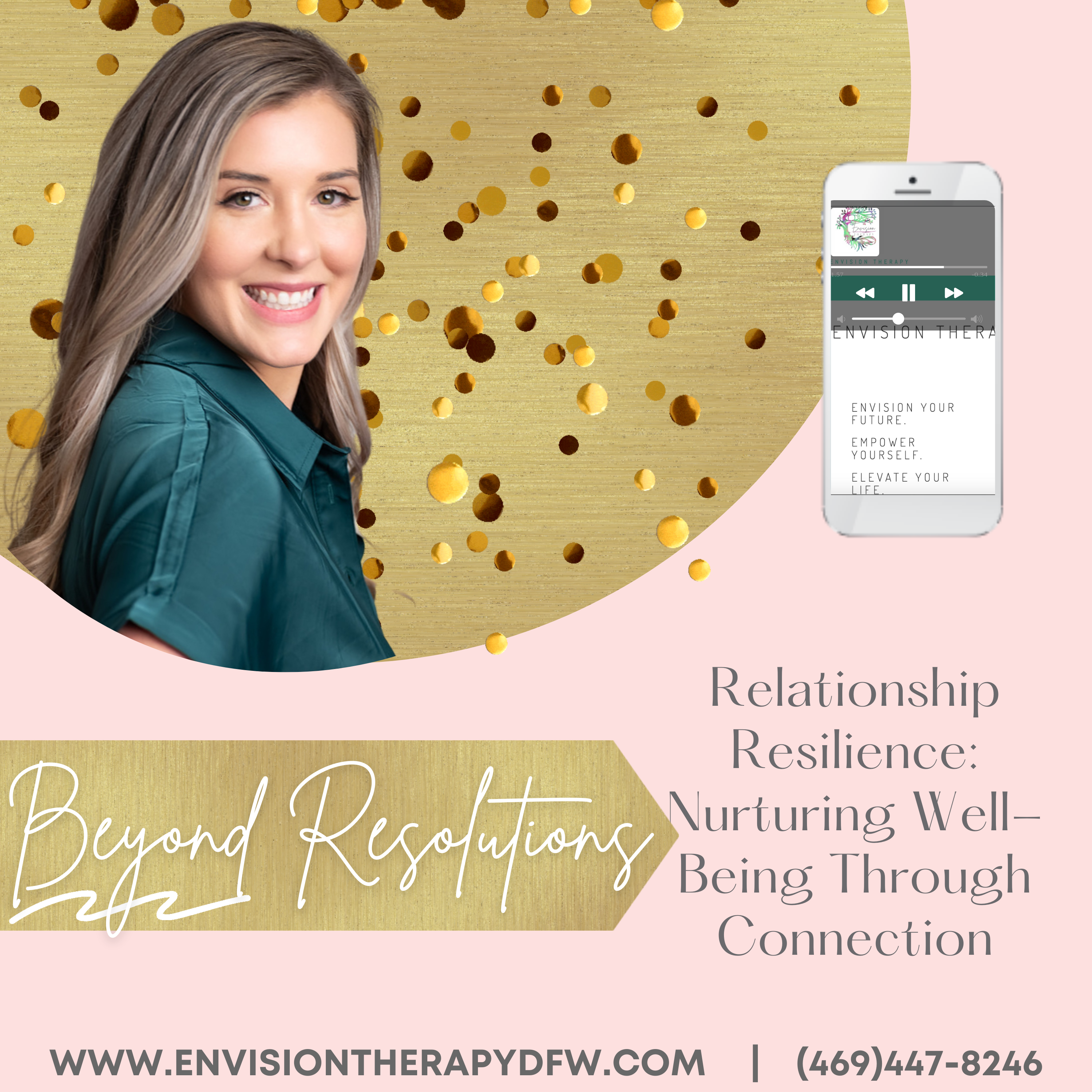
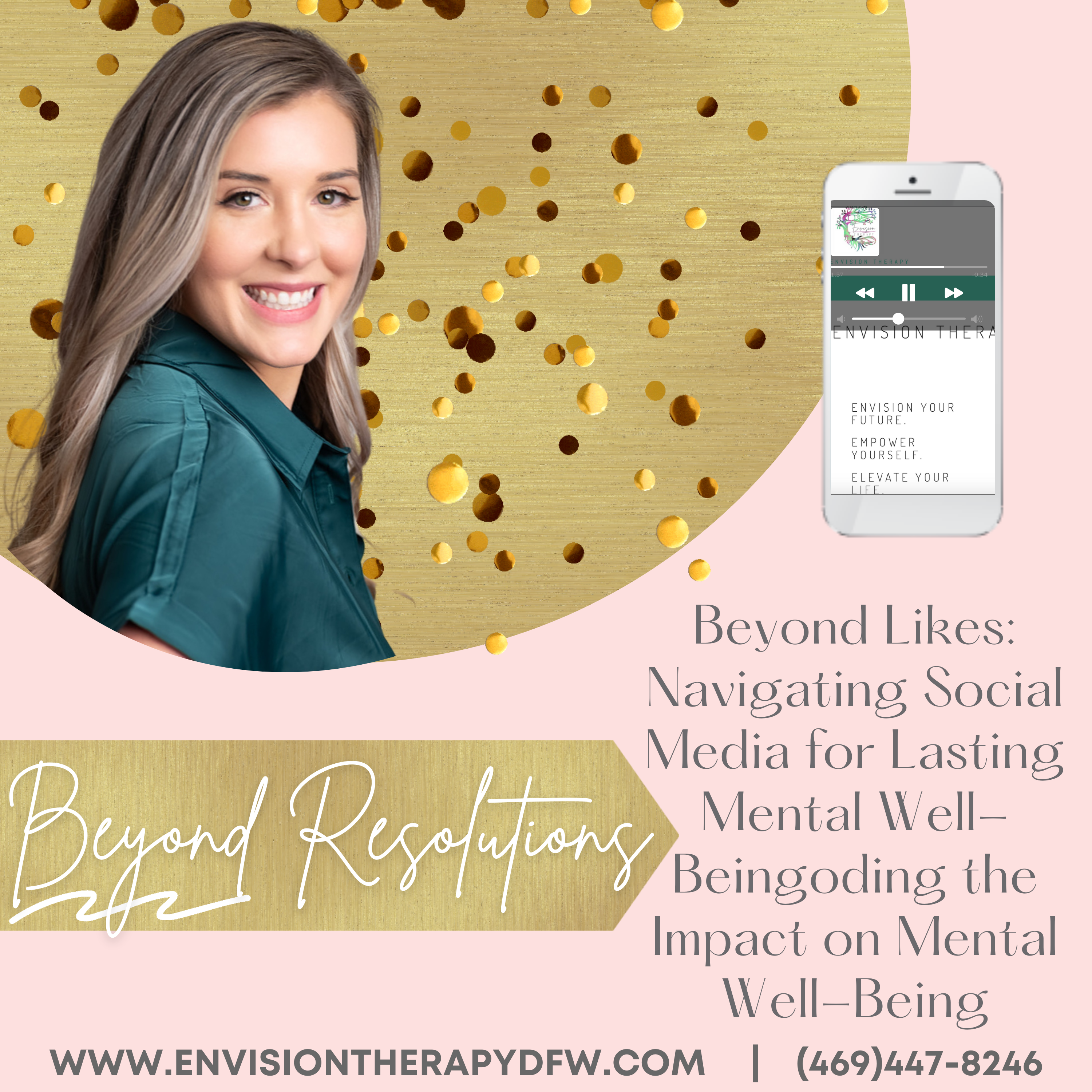
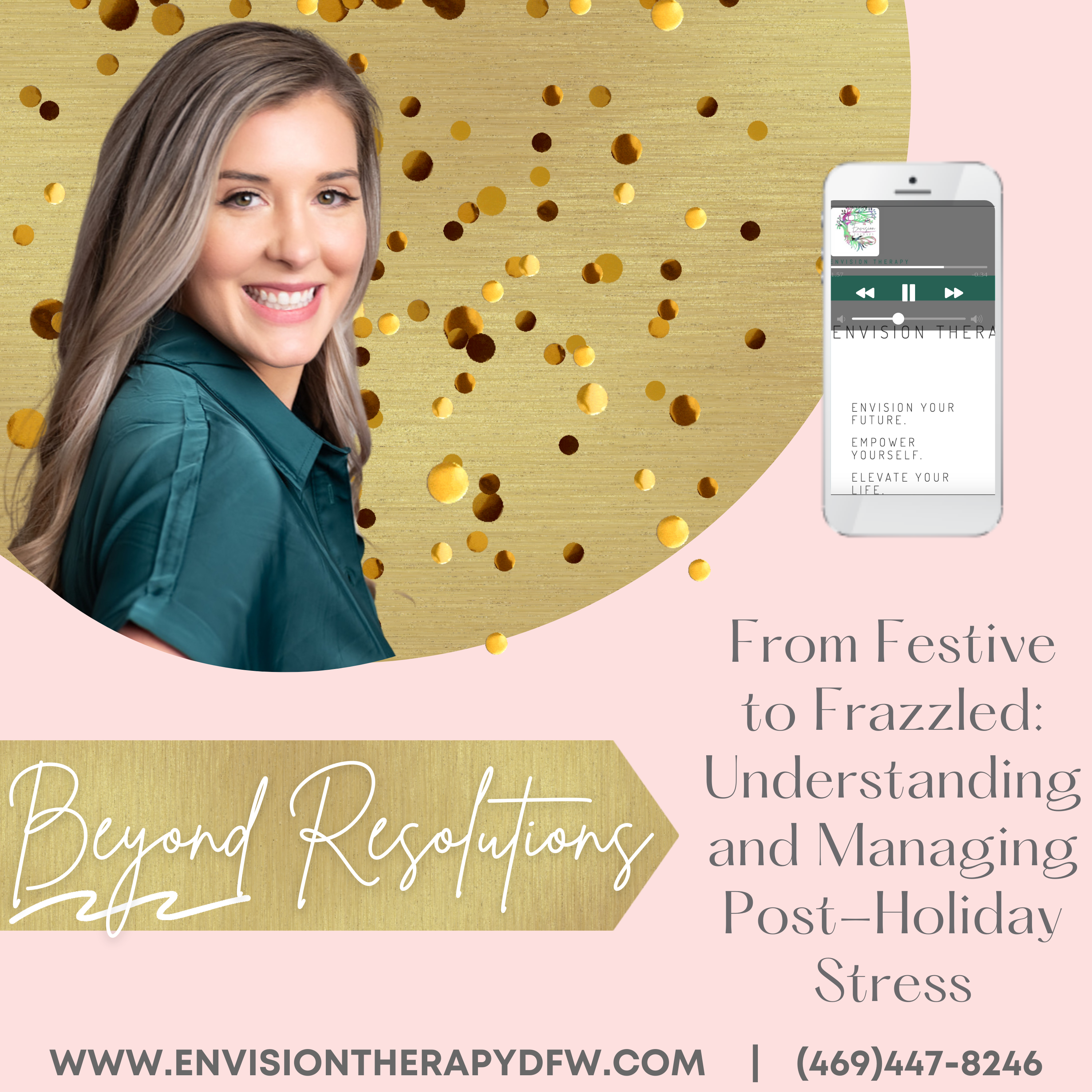
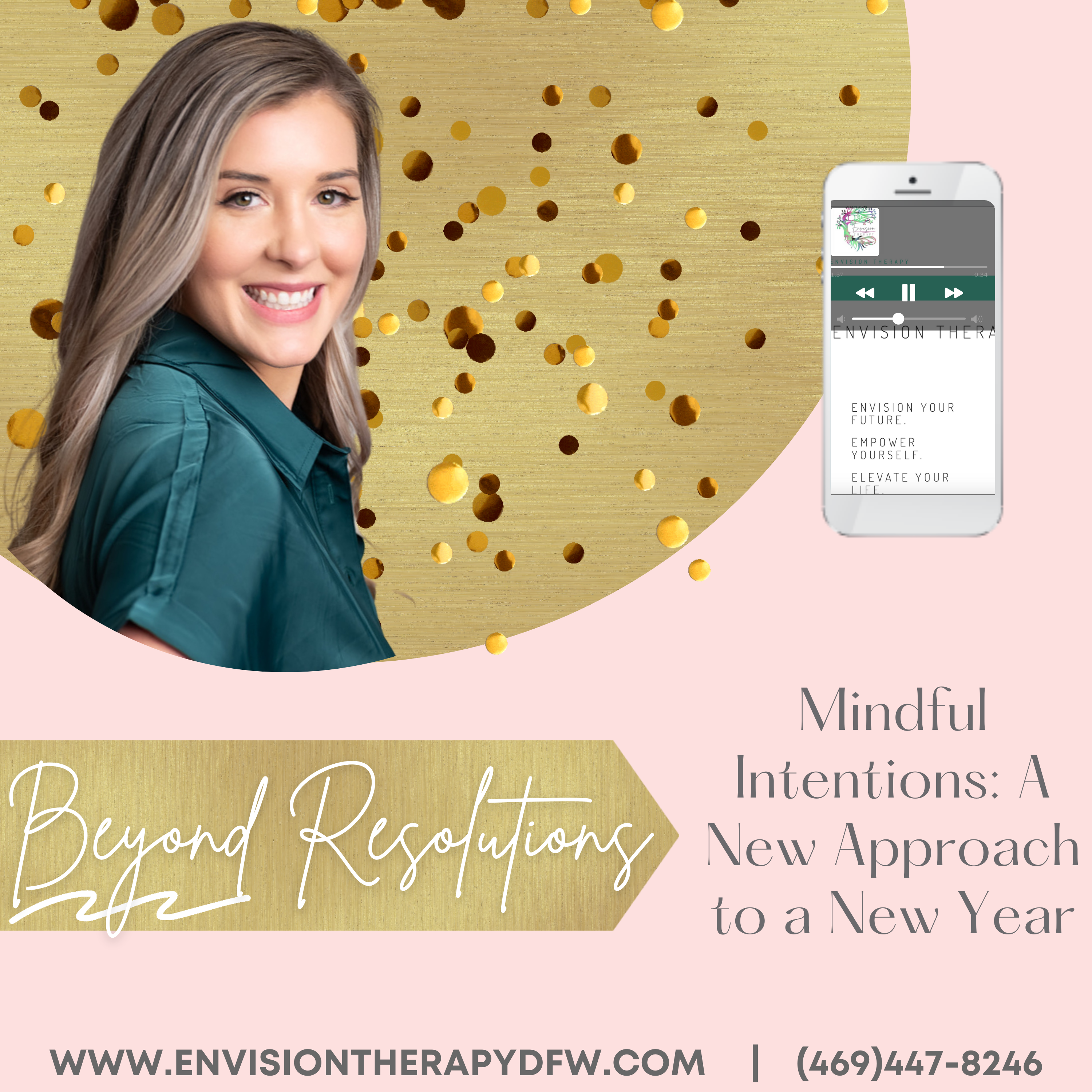





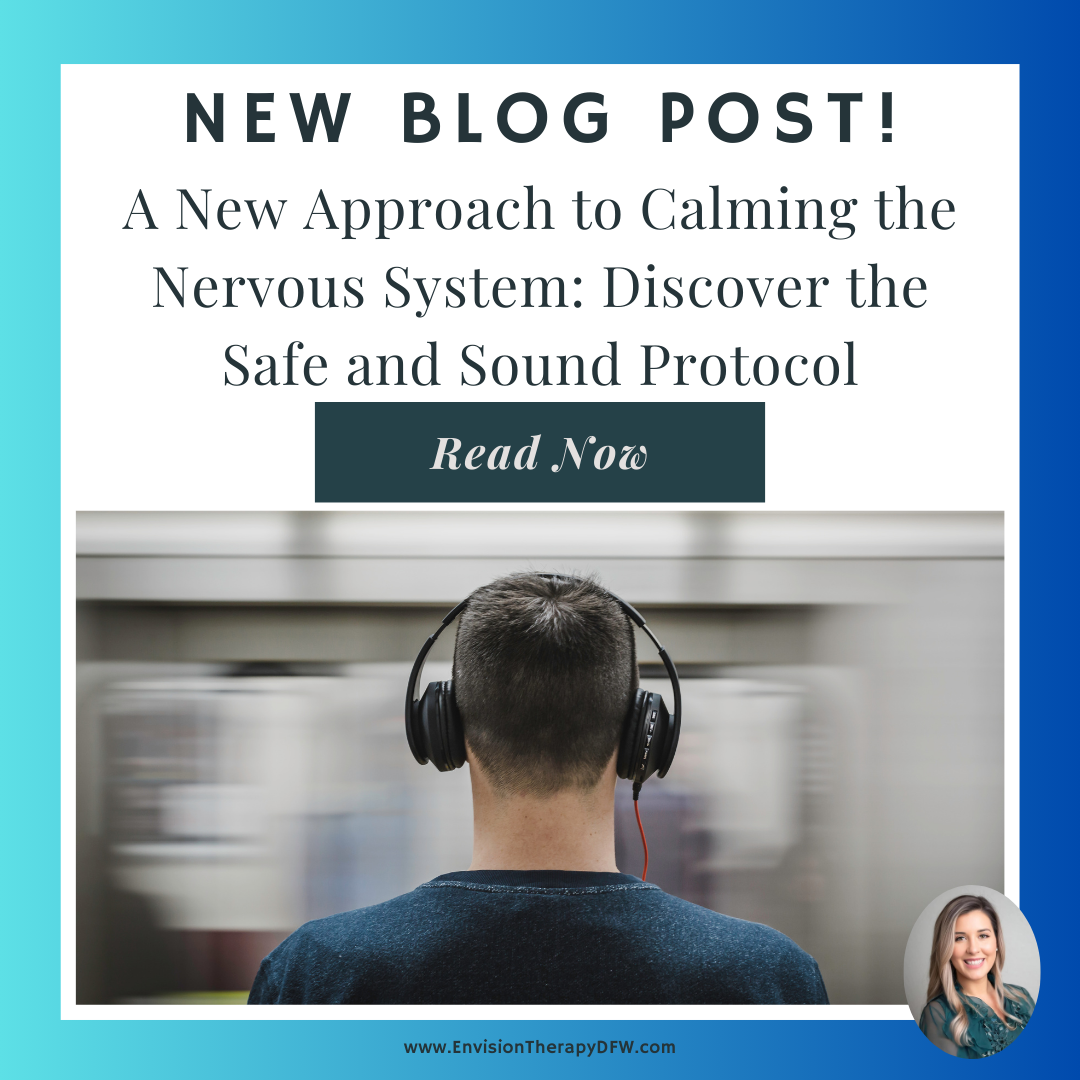
Leave a Reply